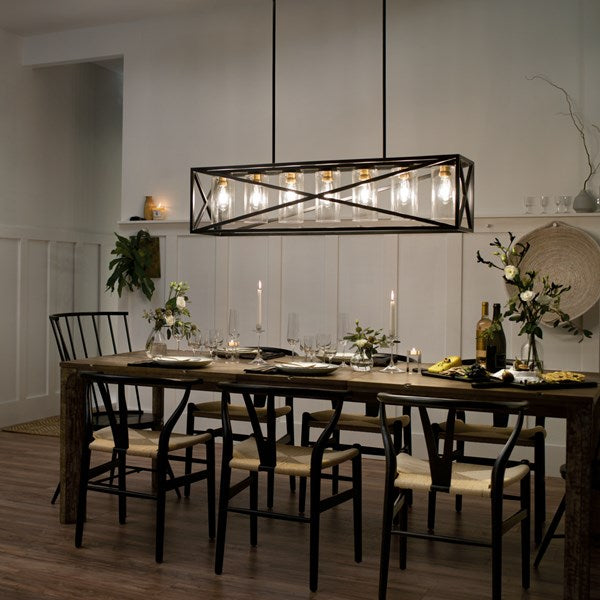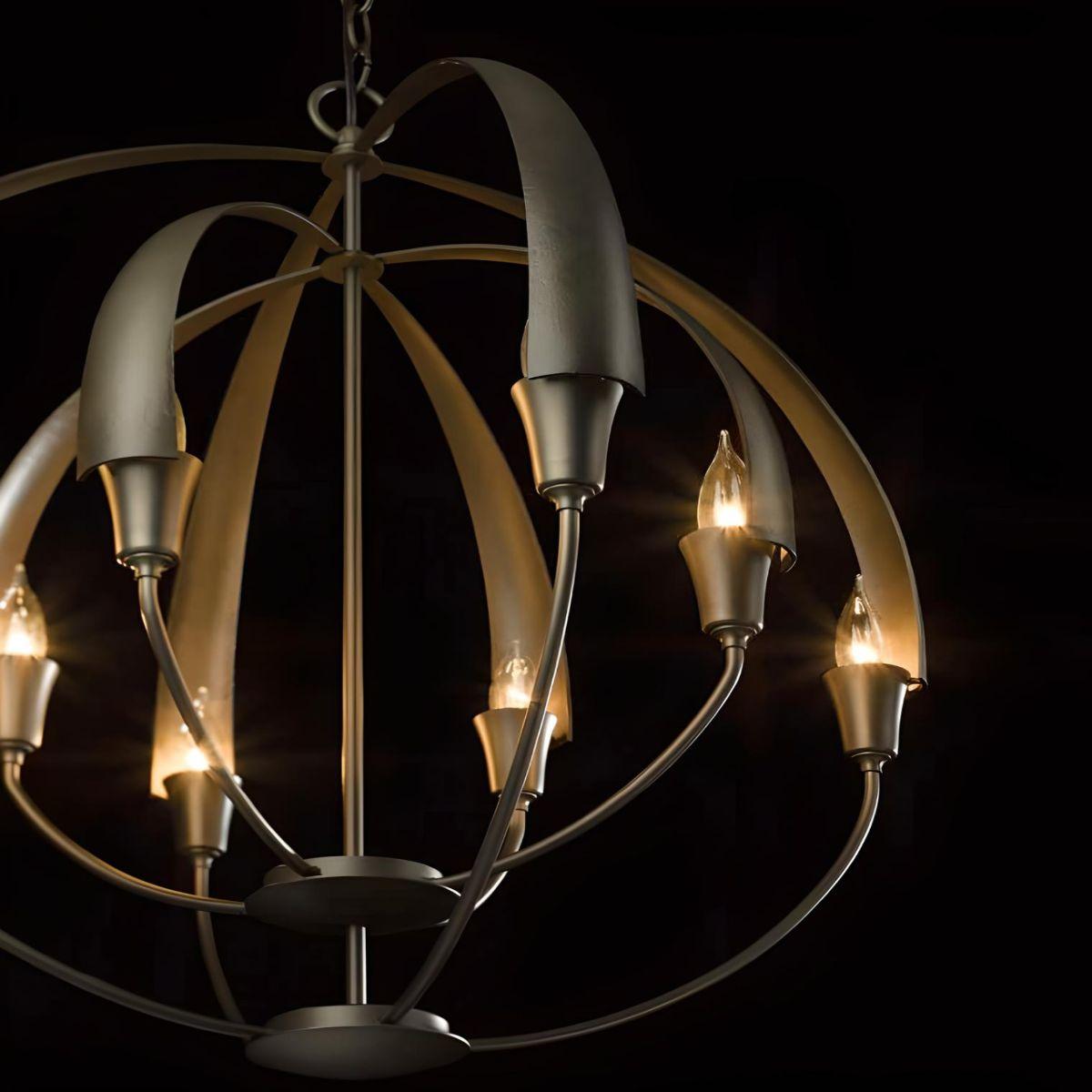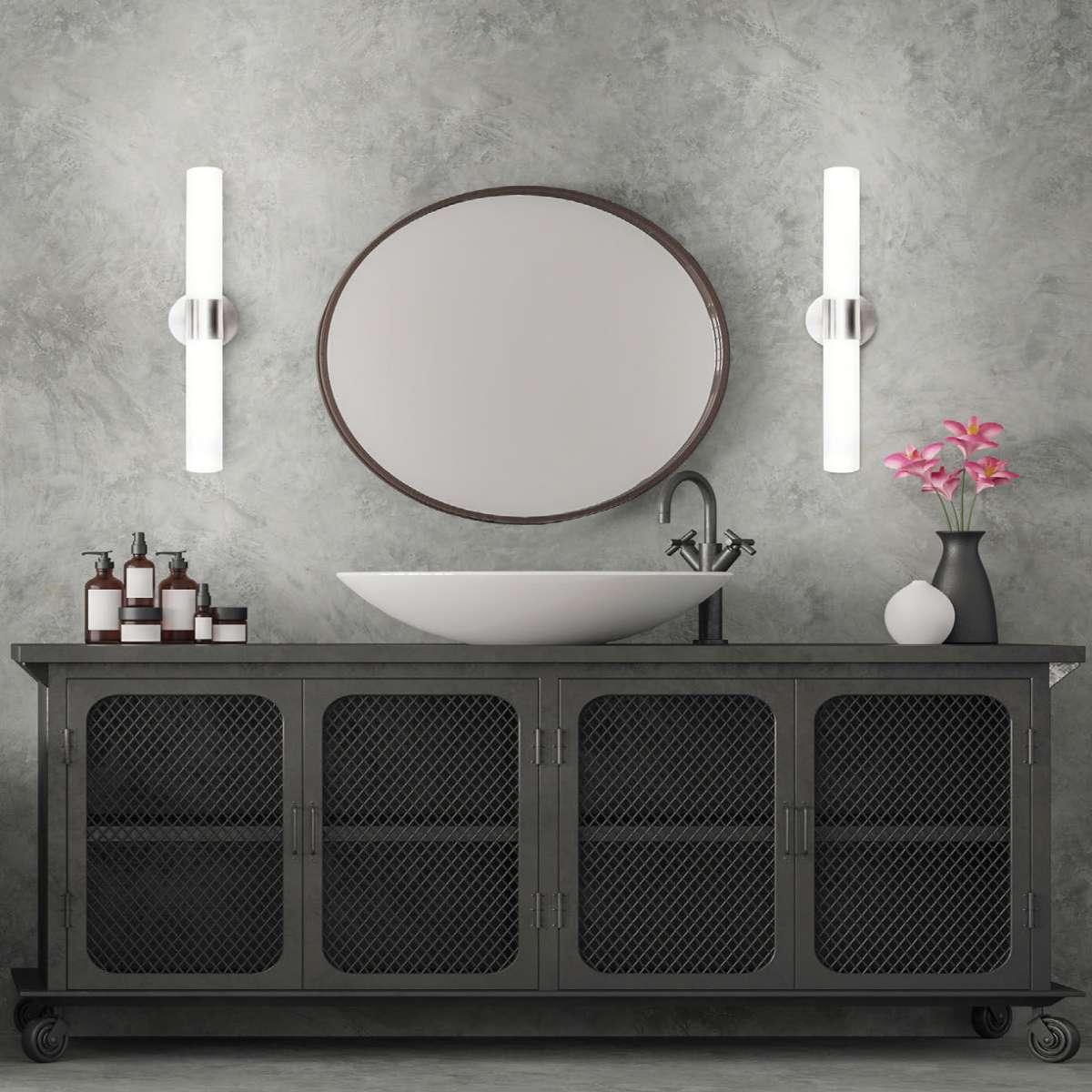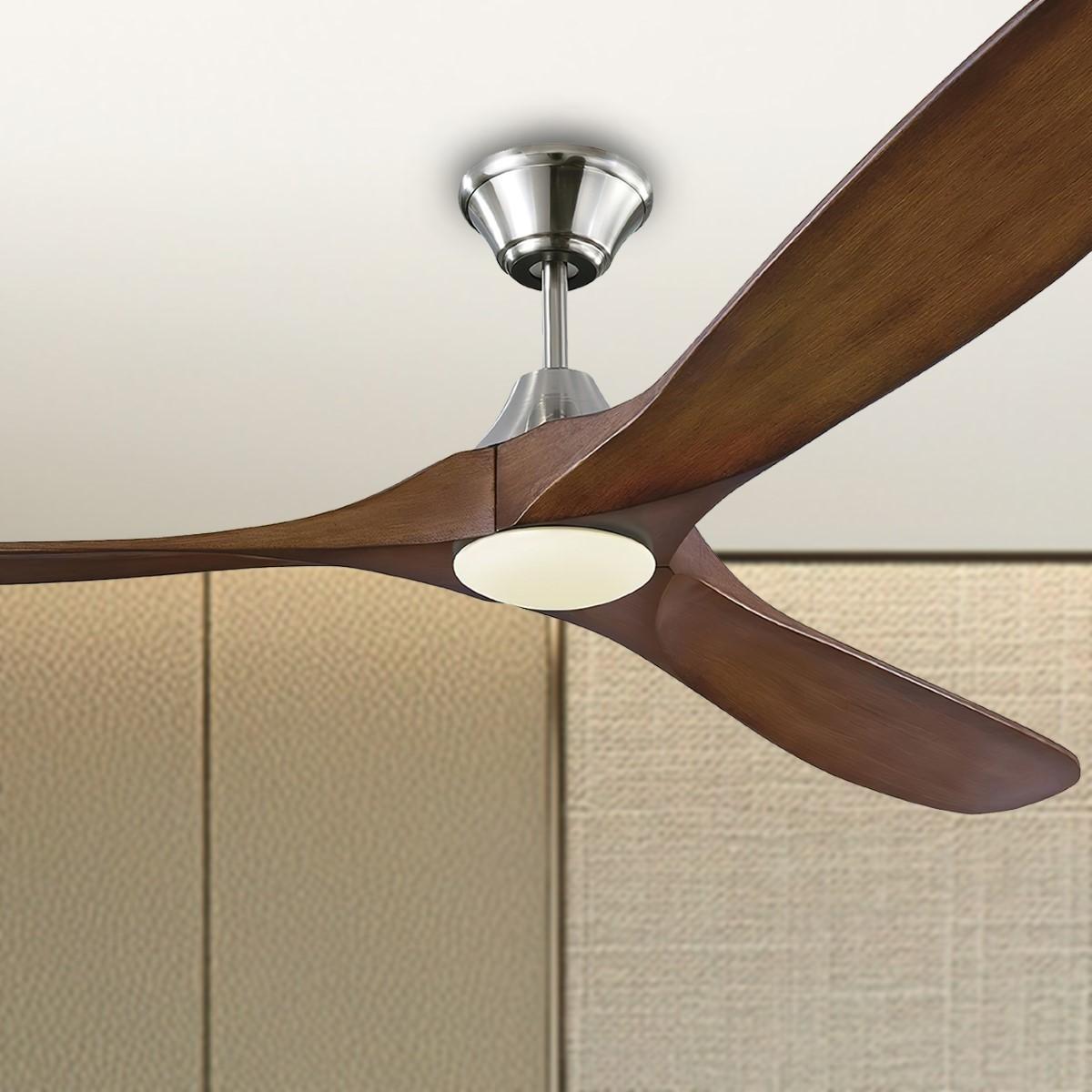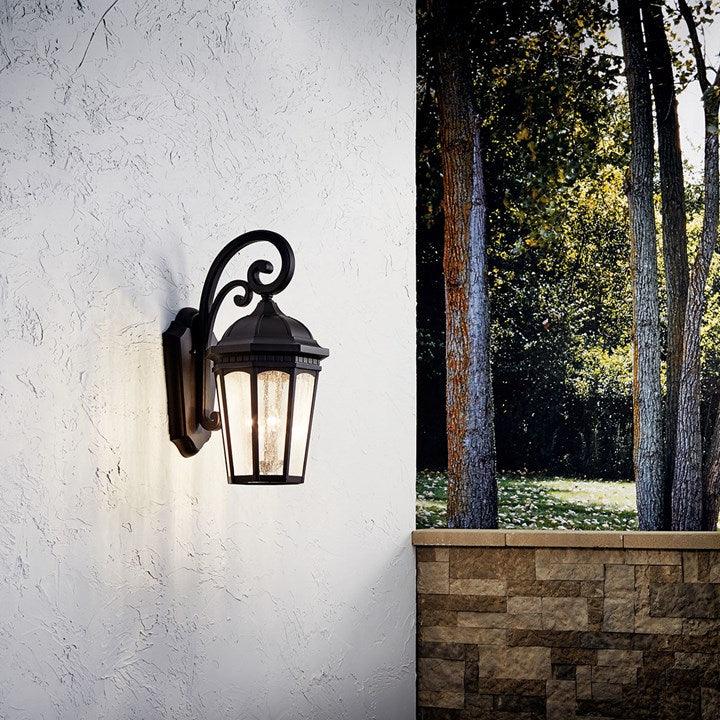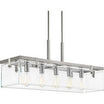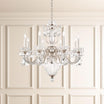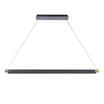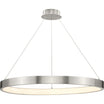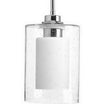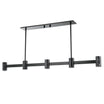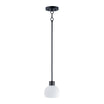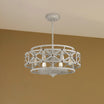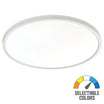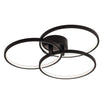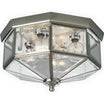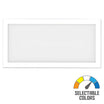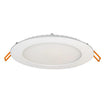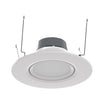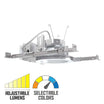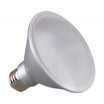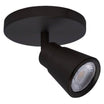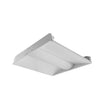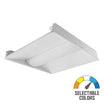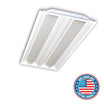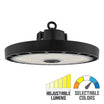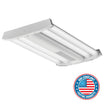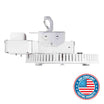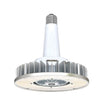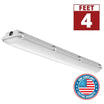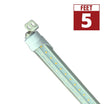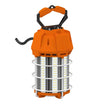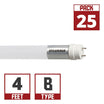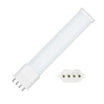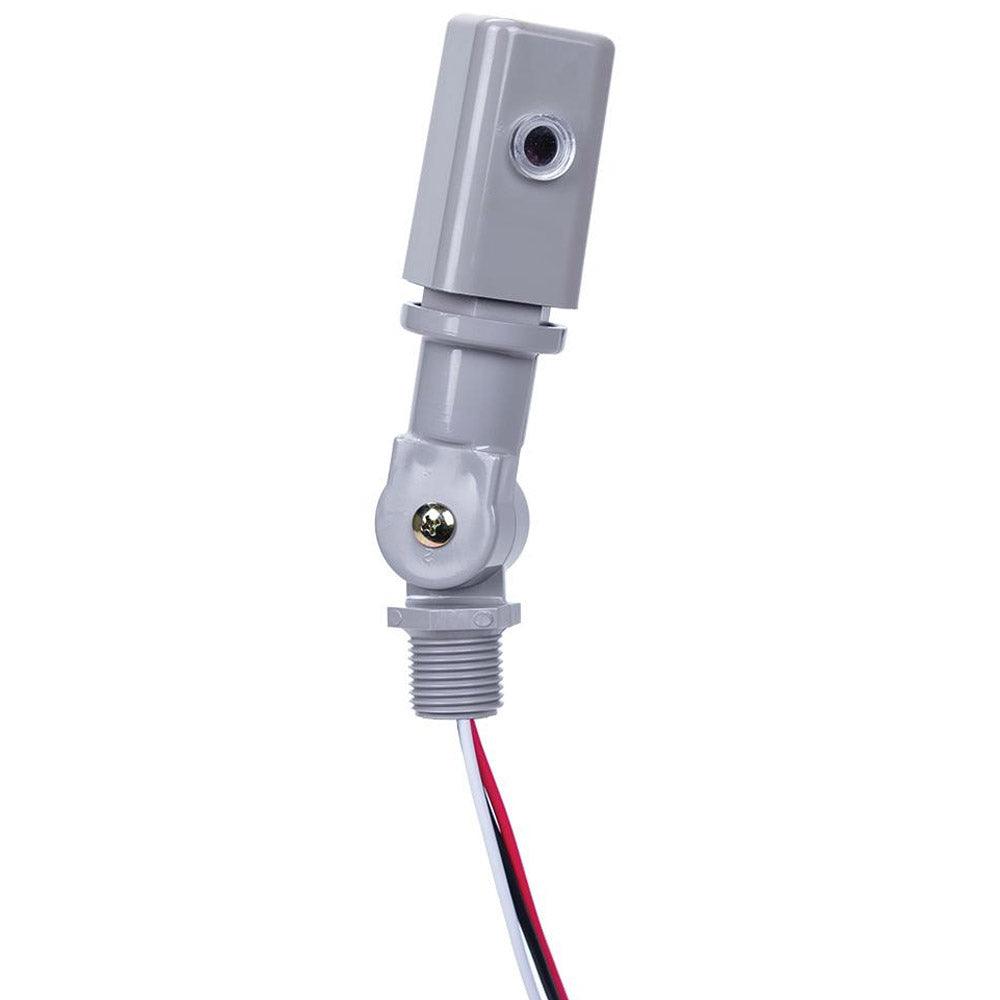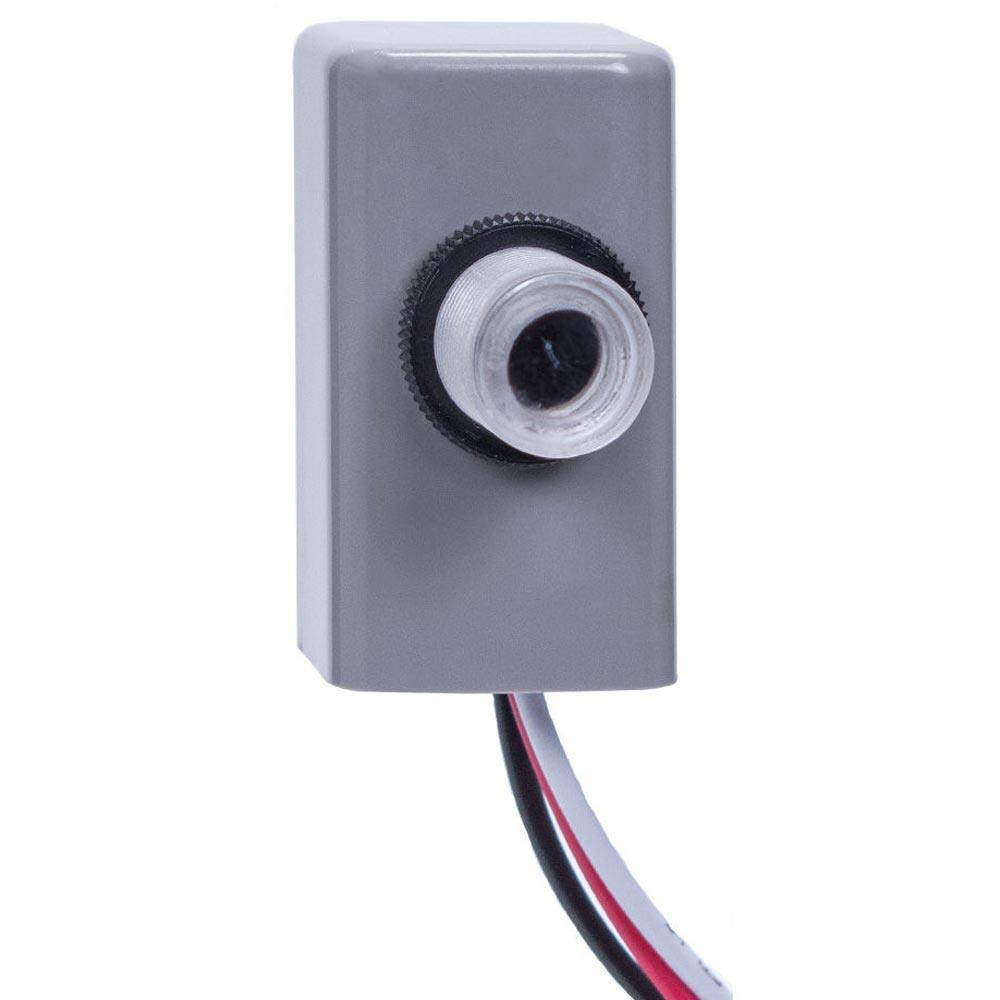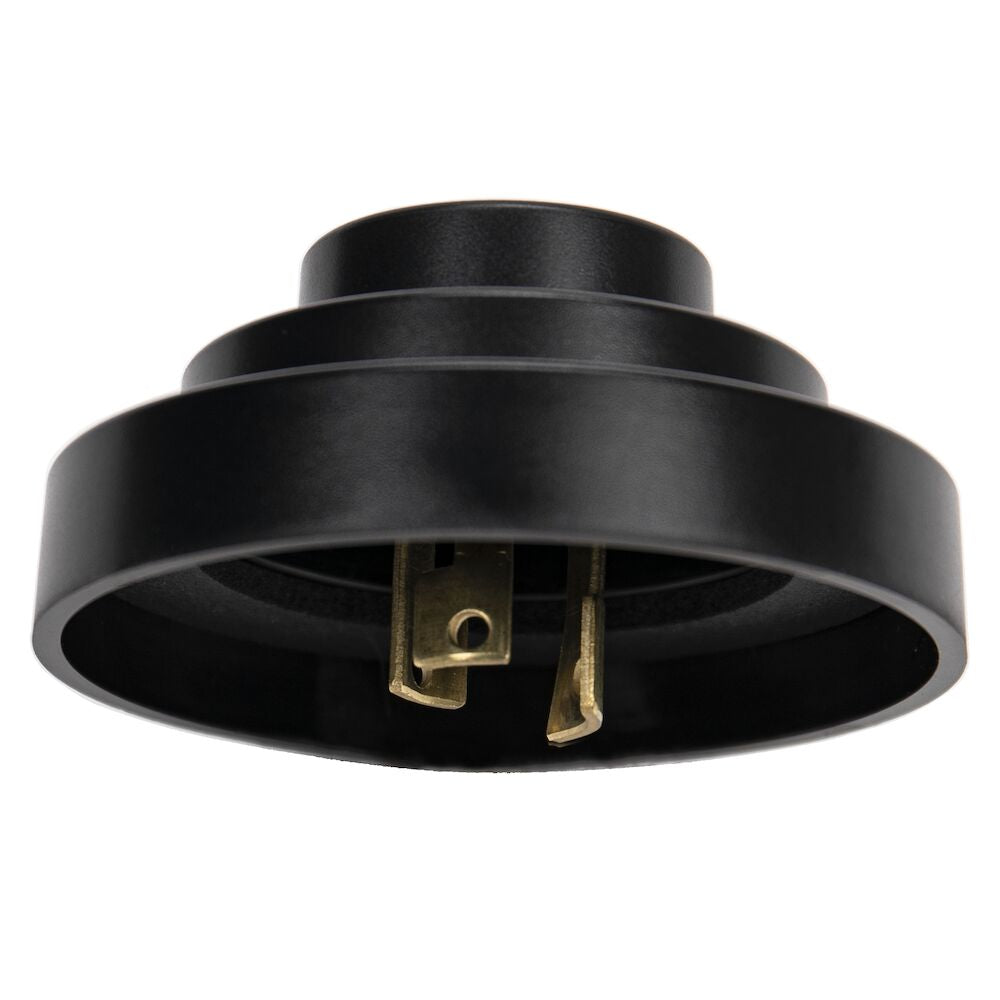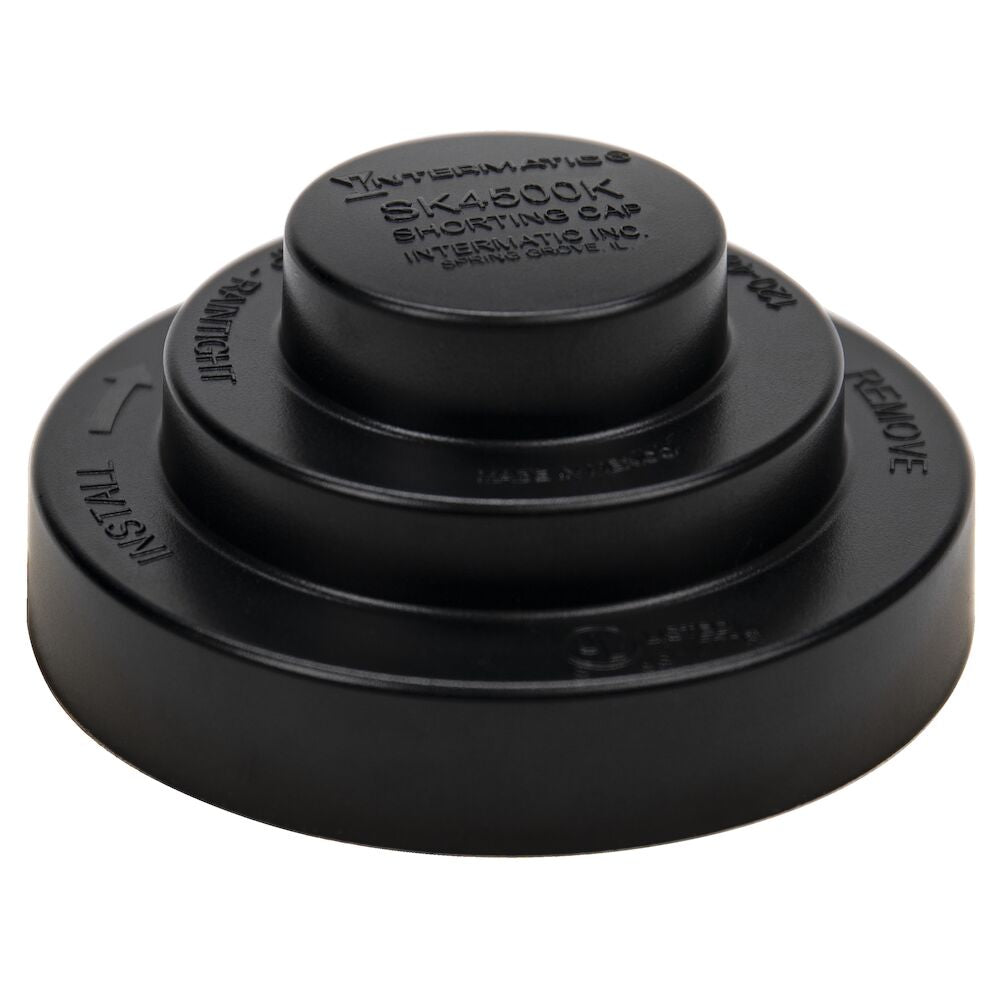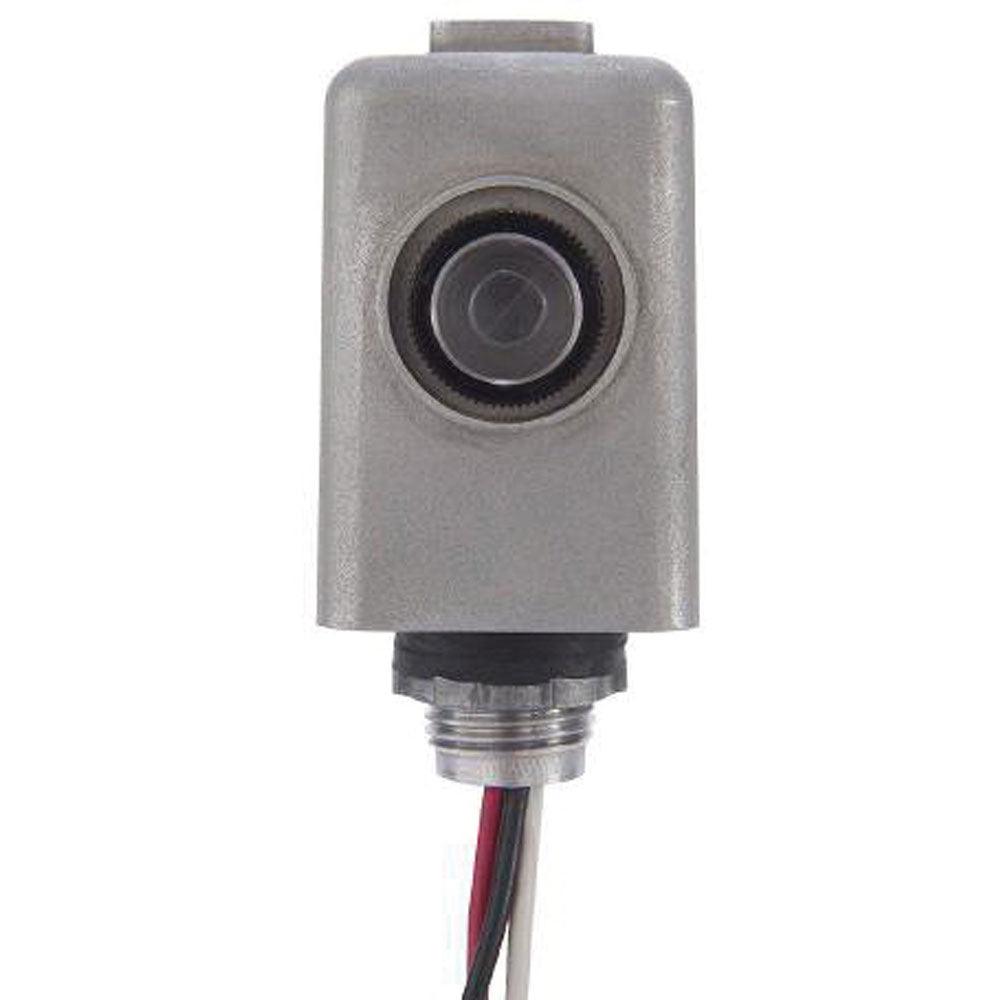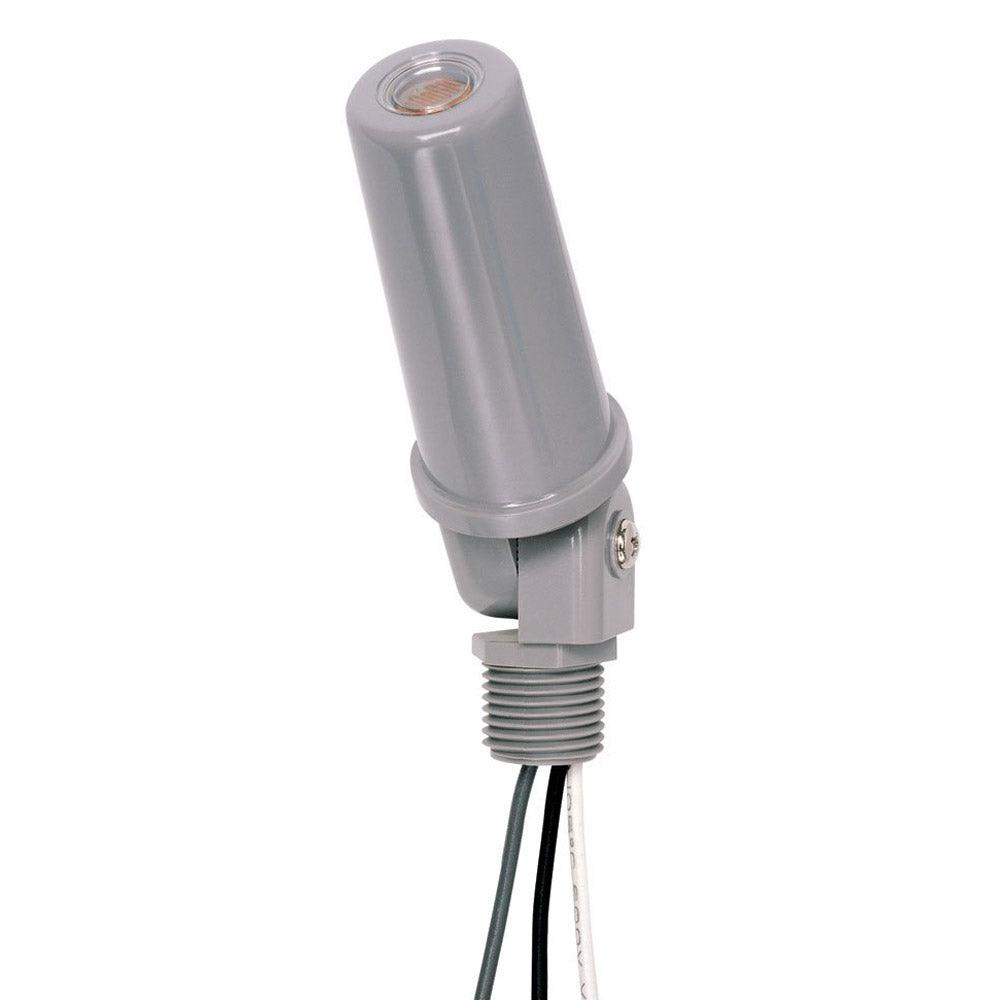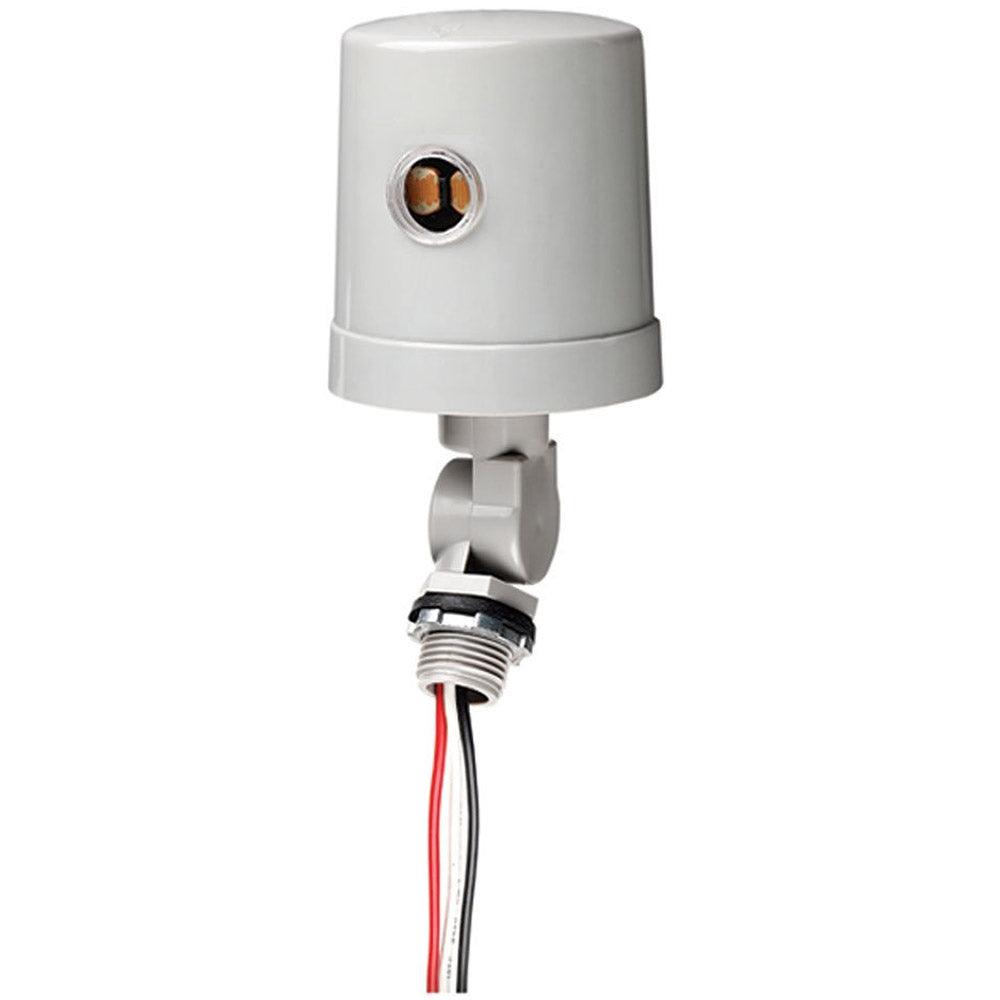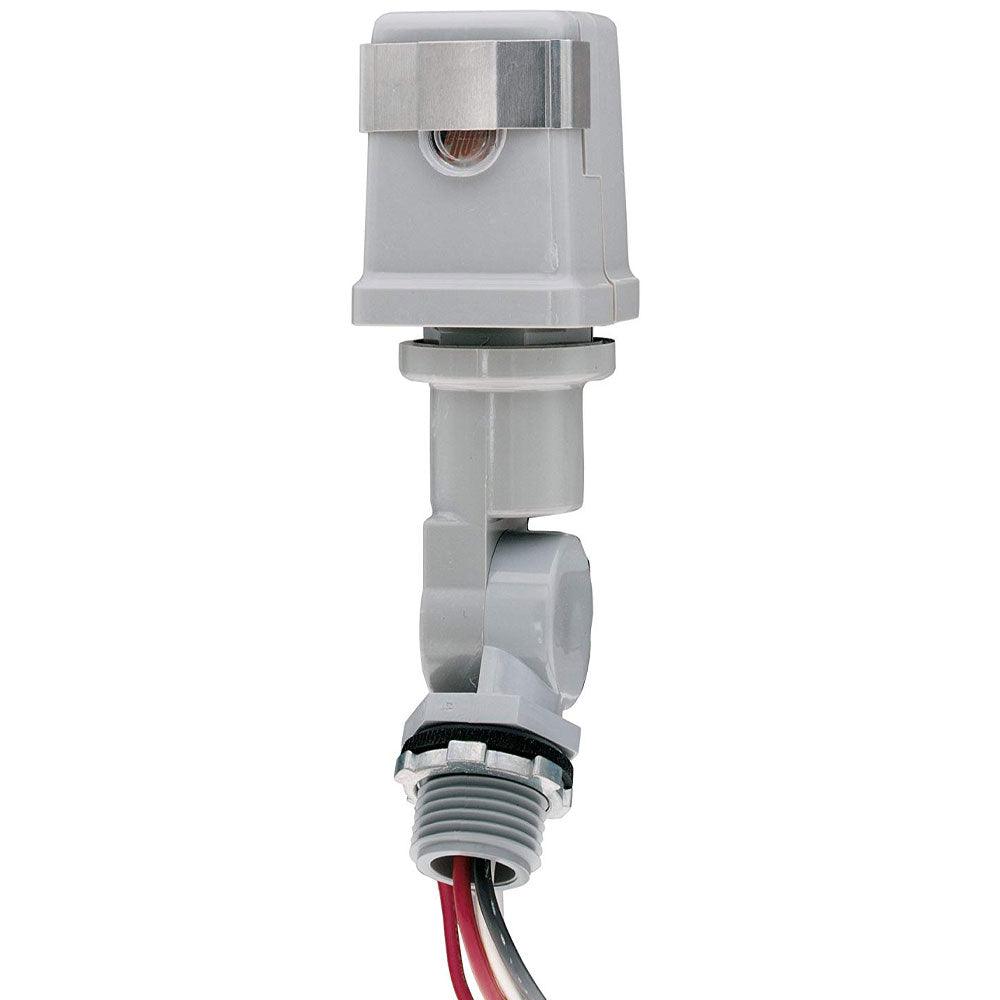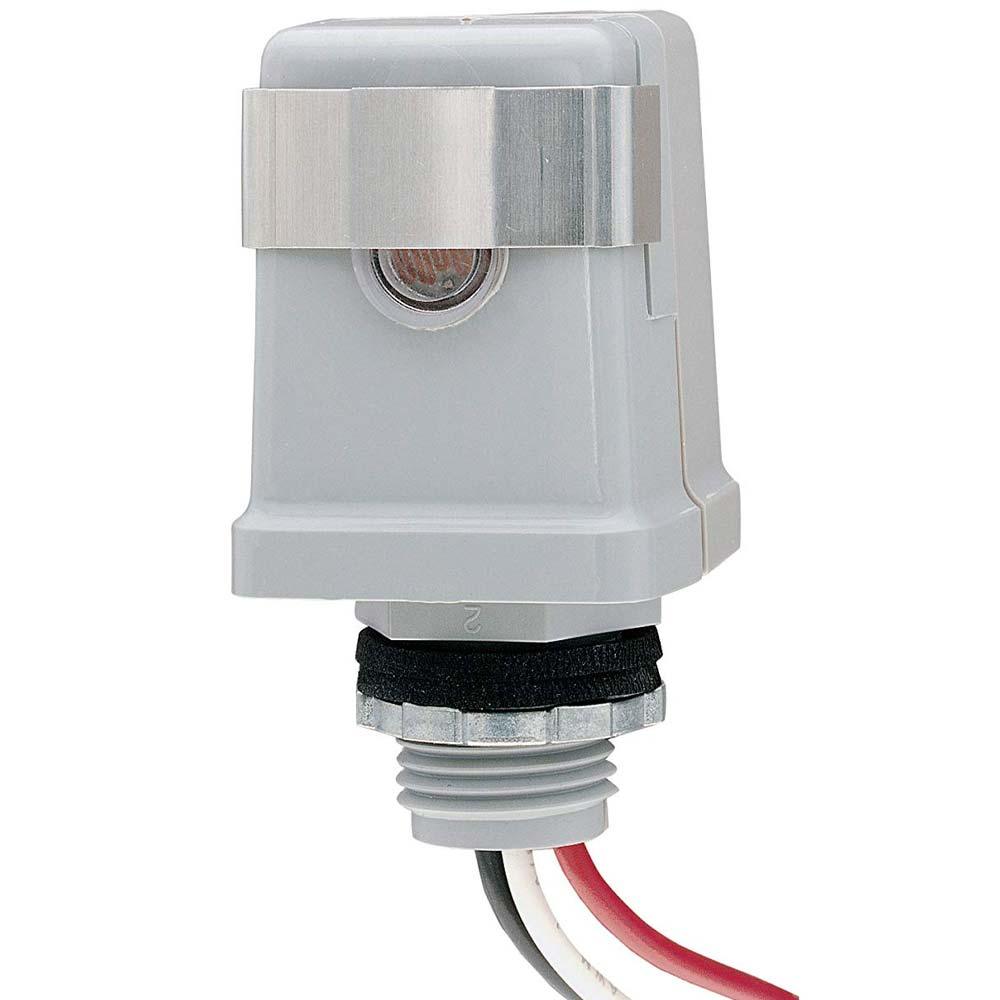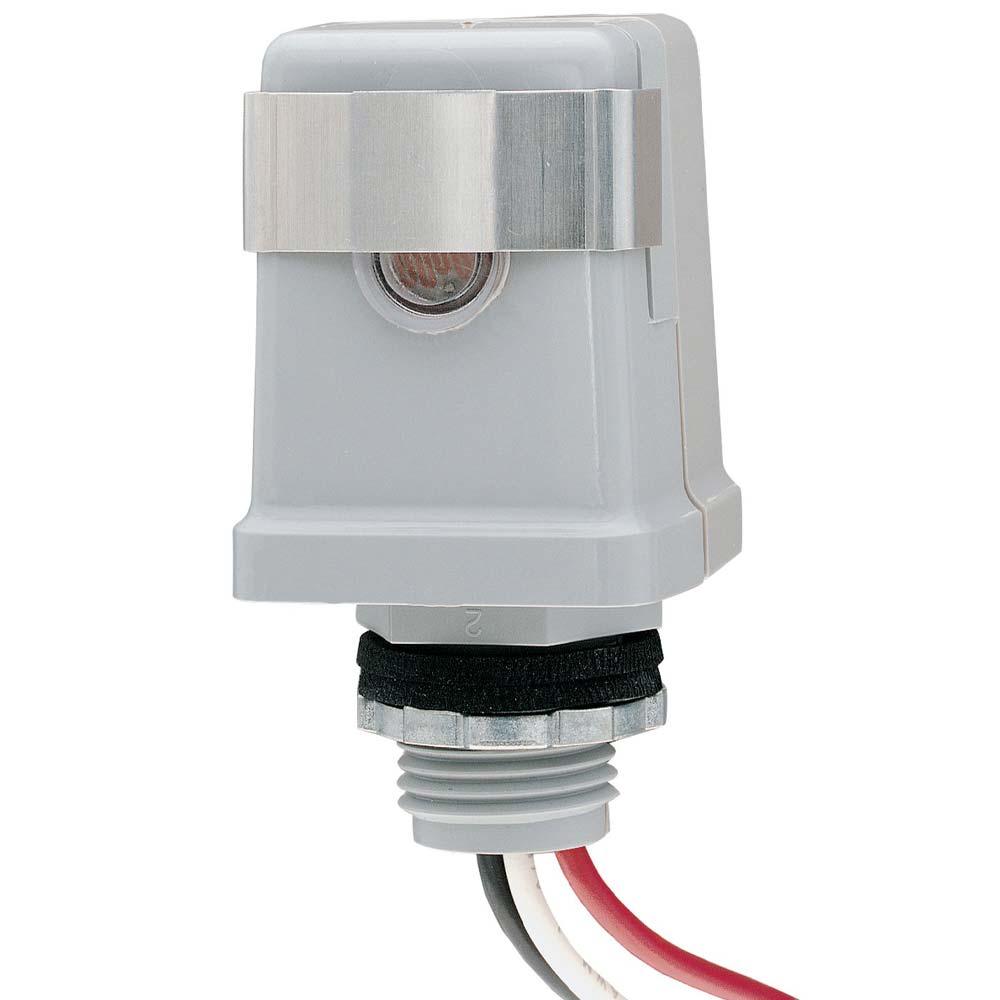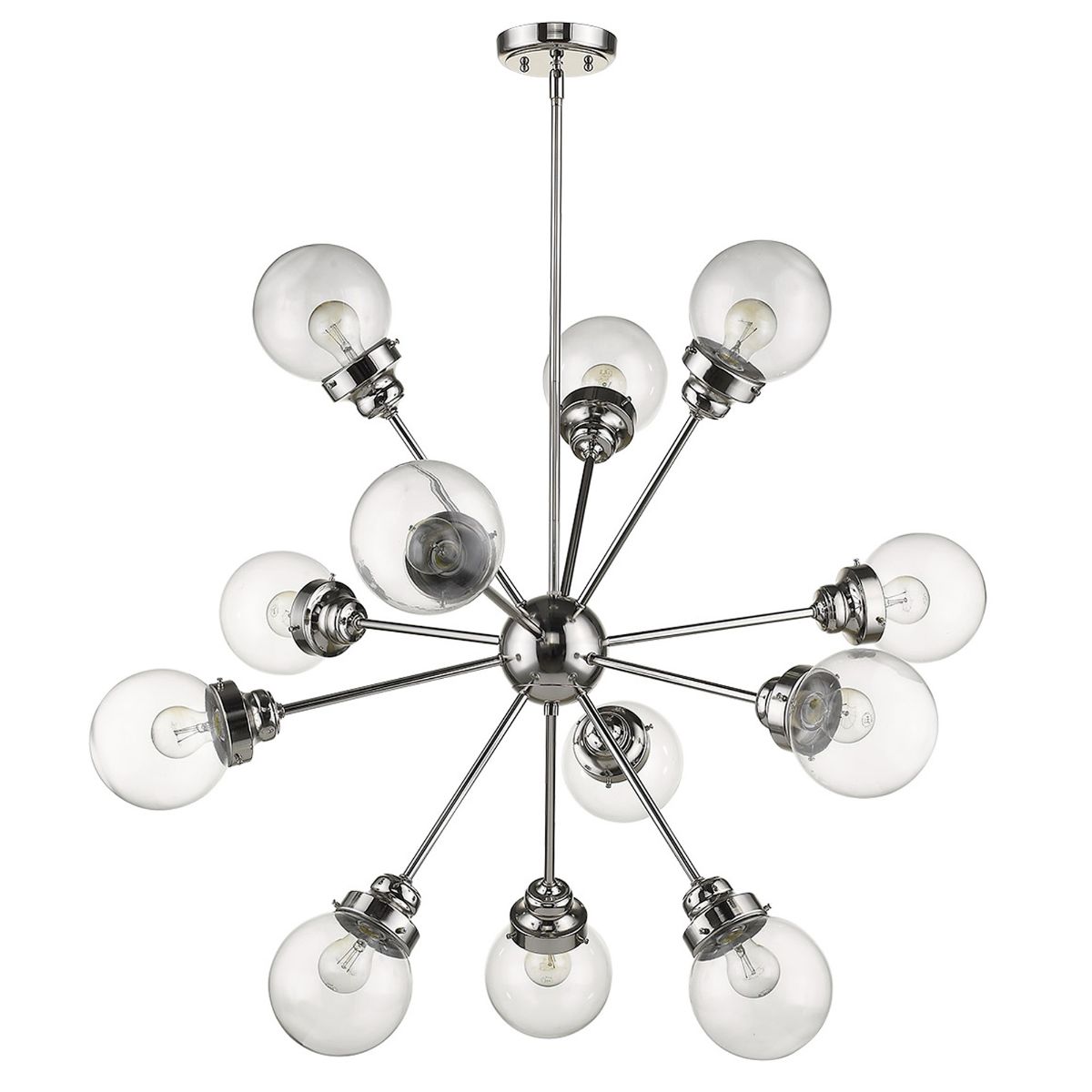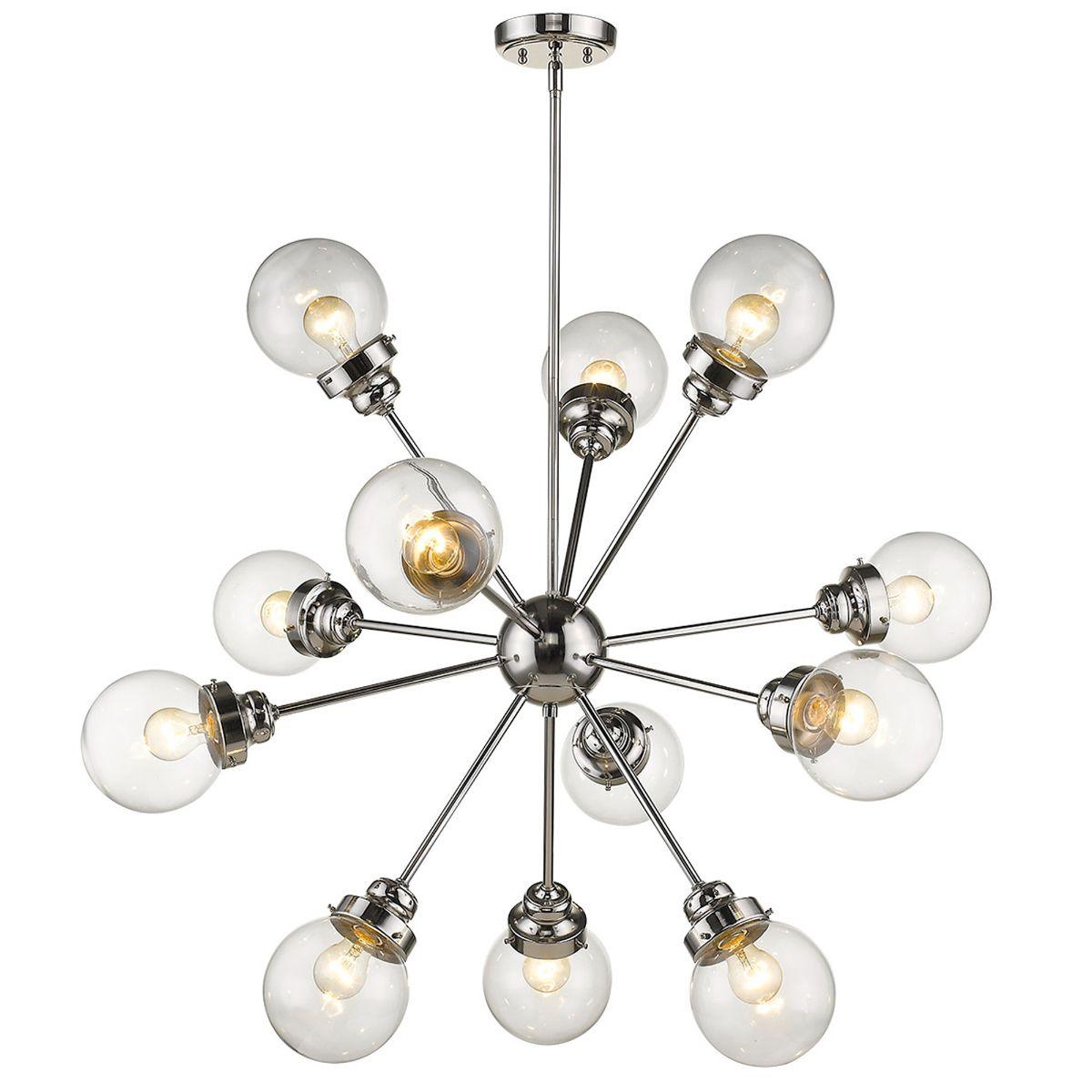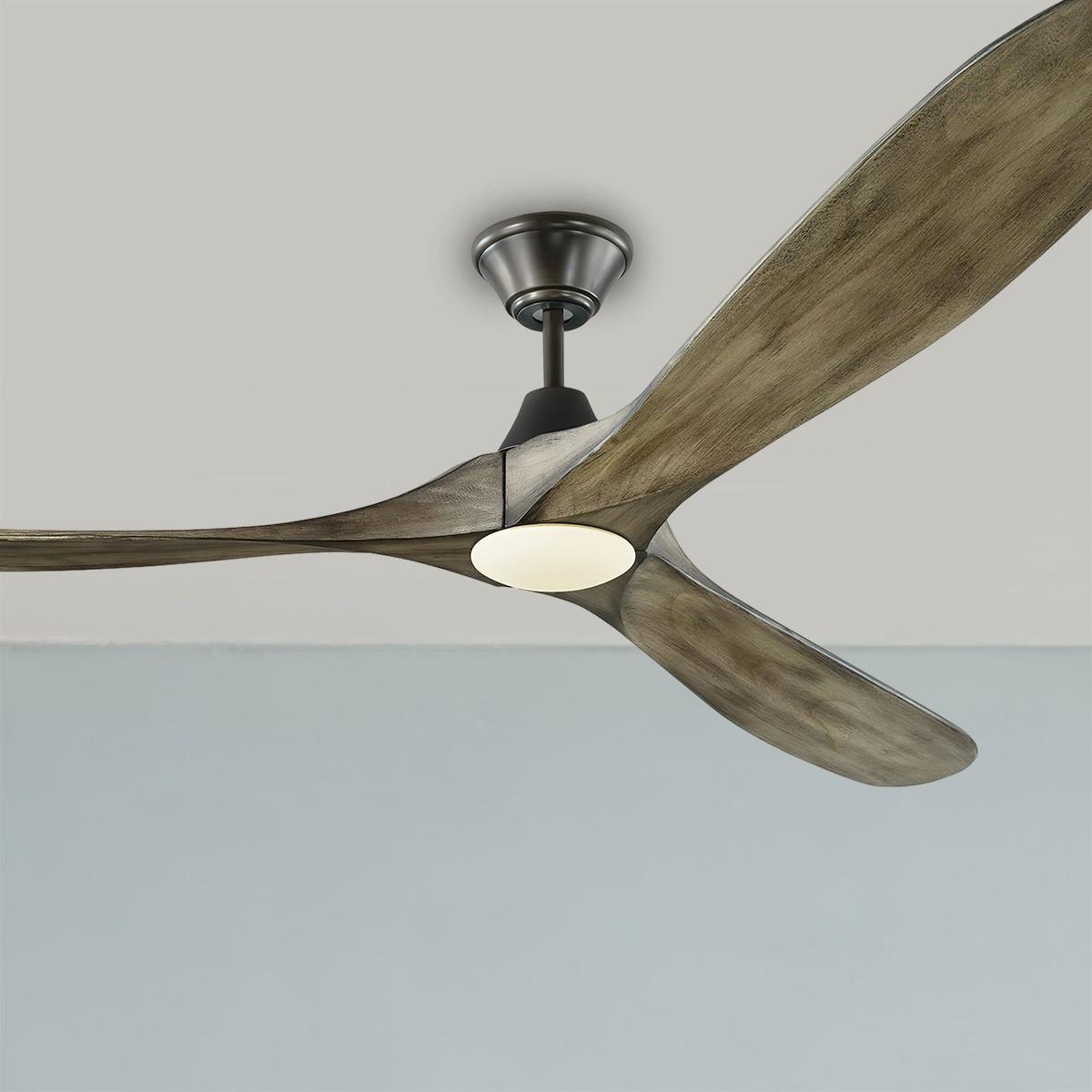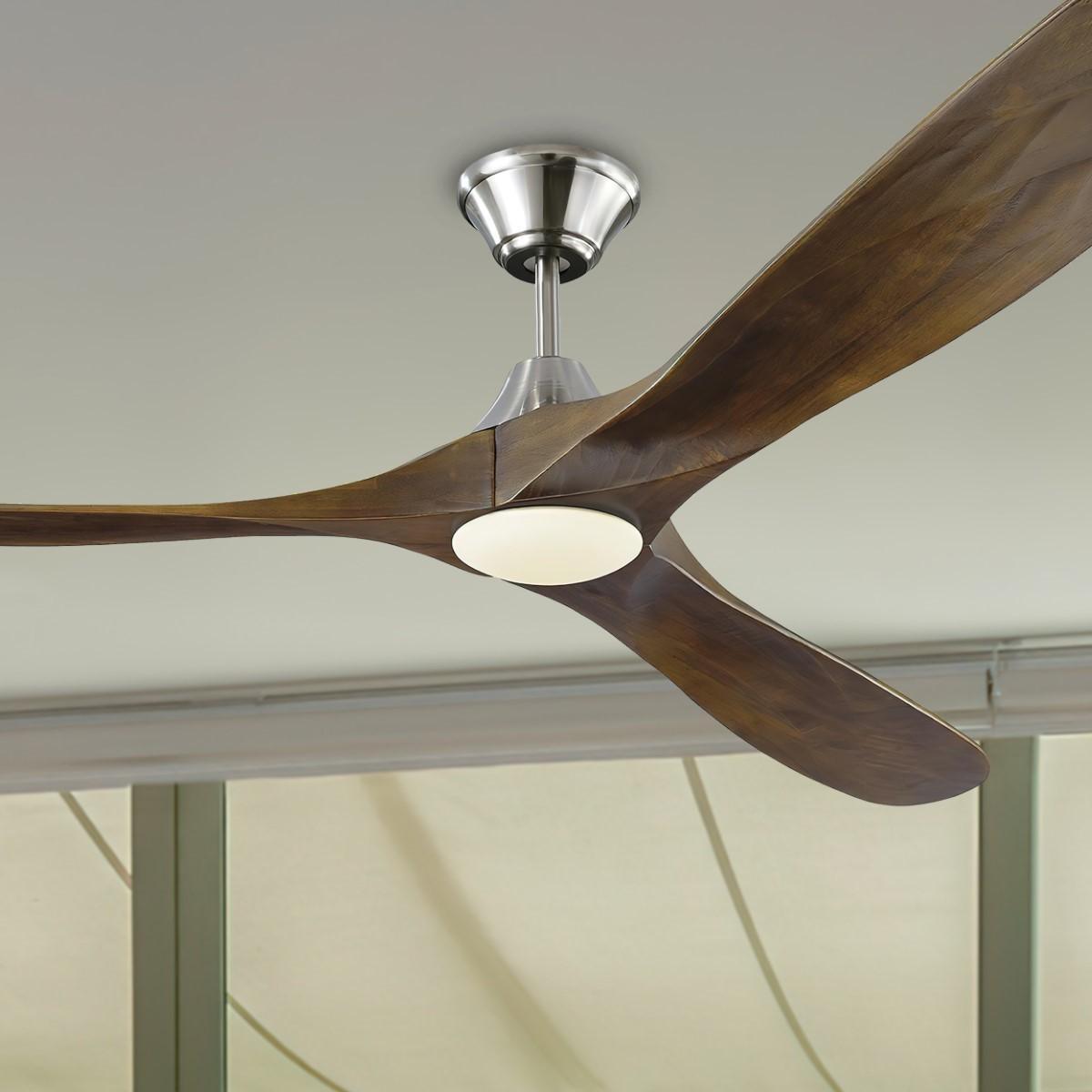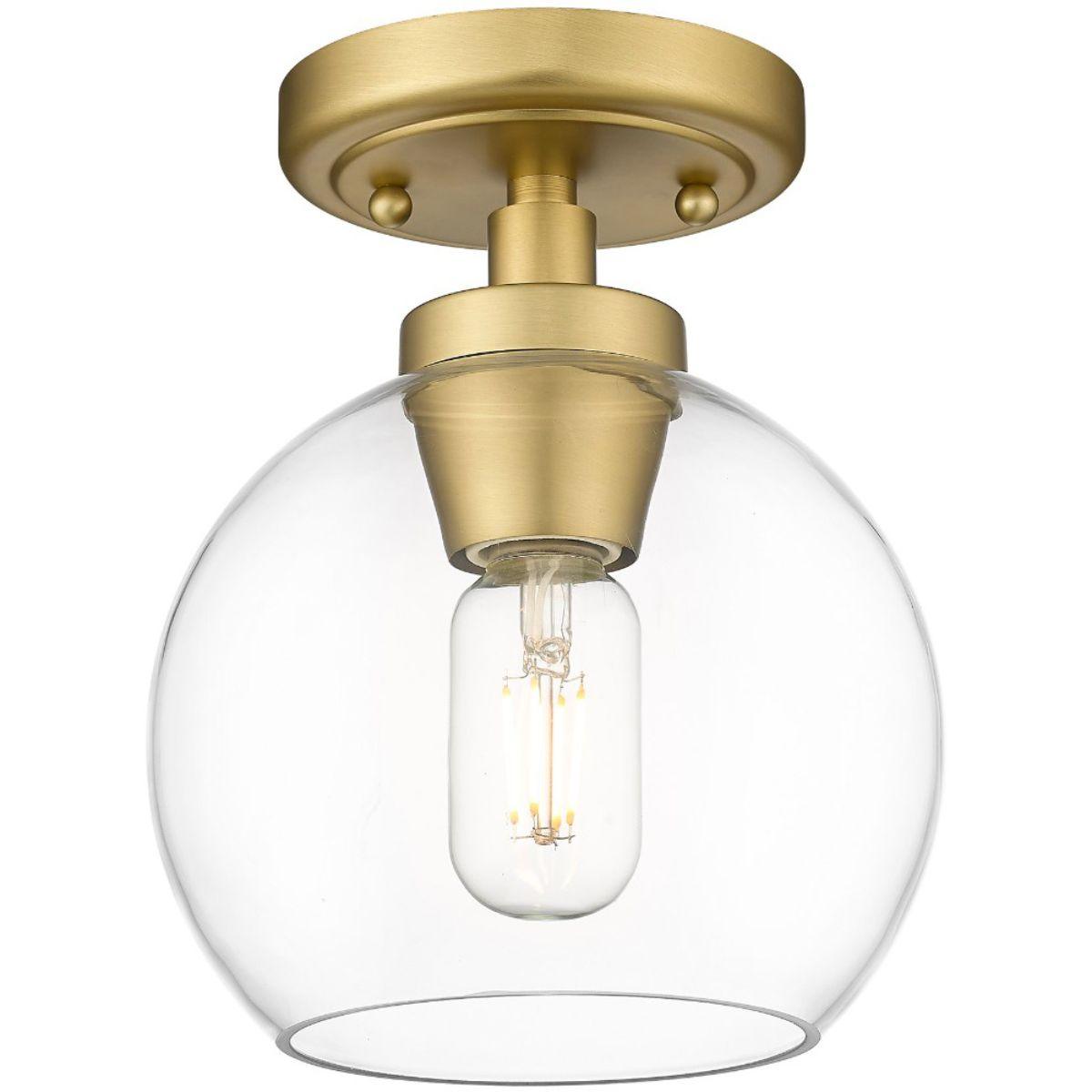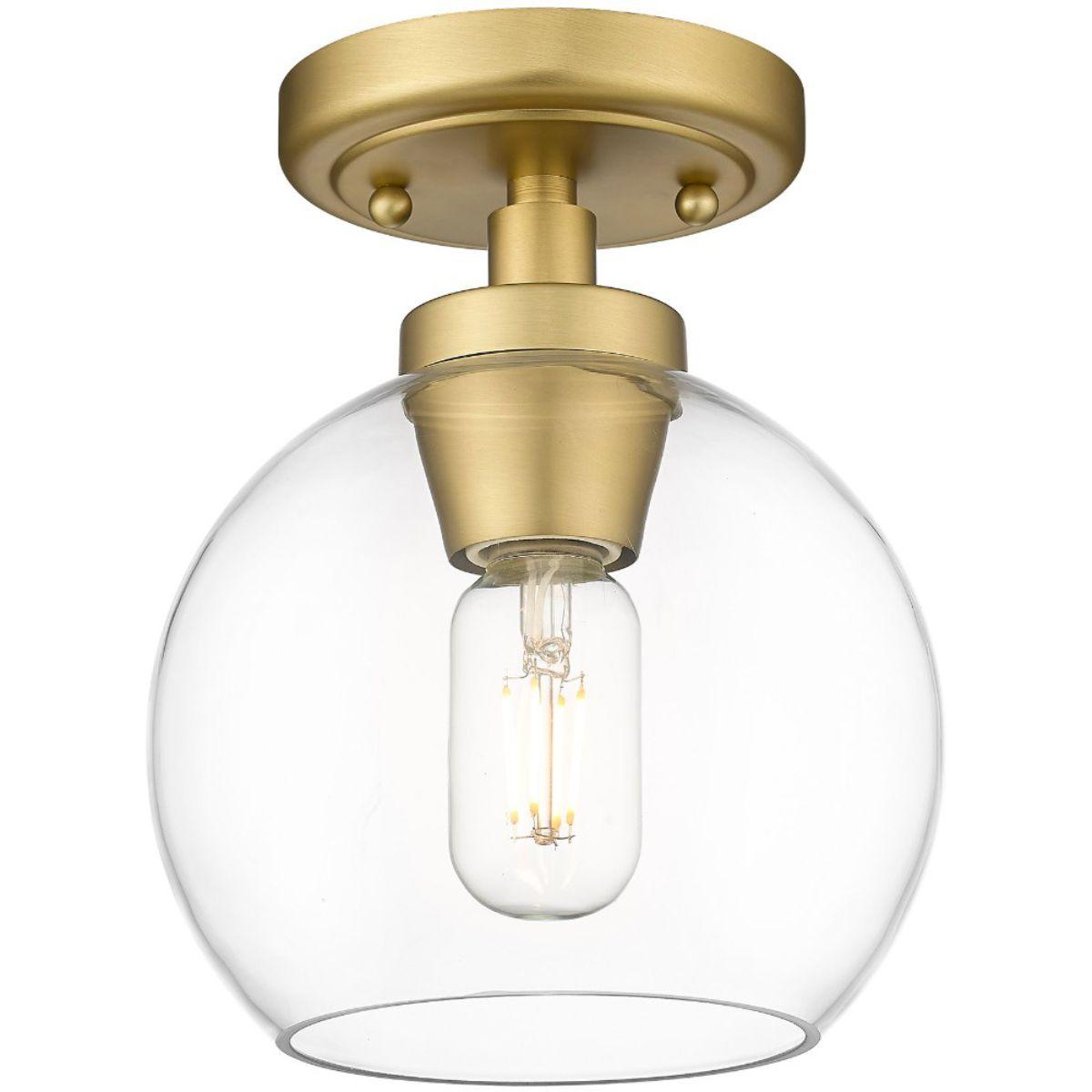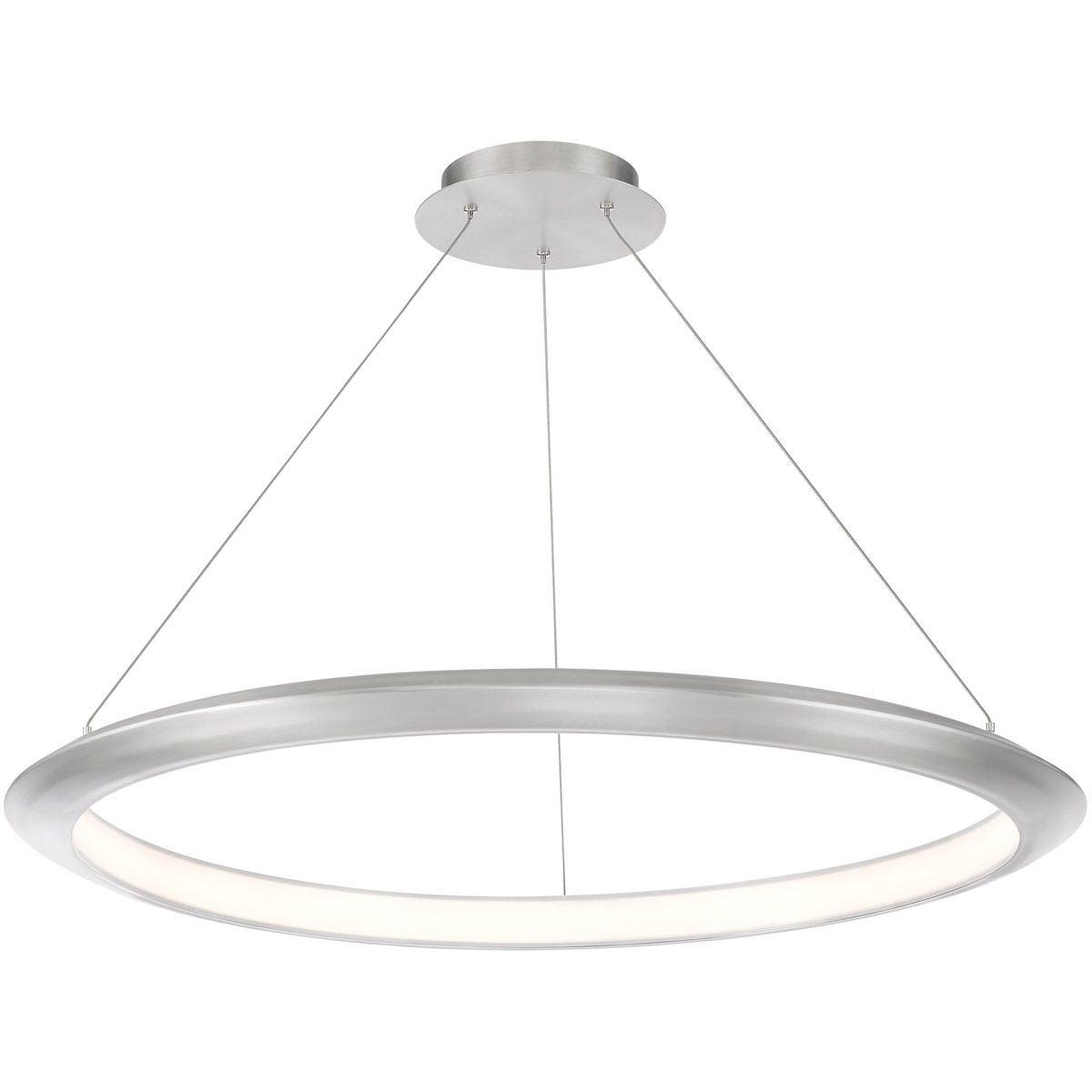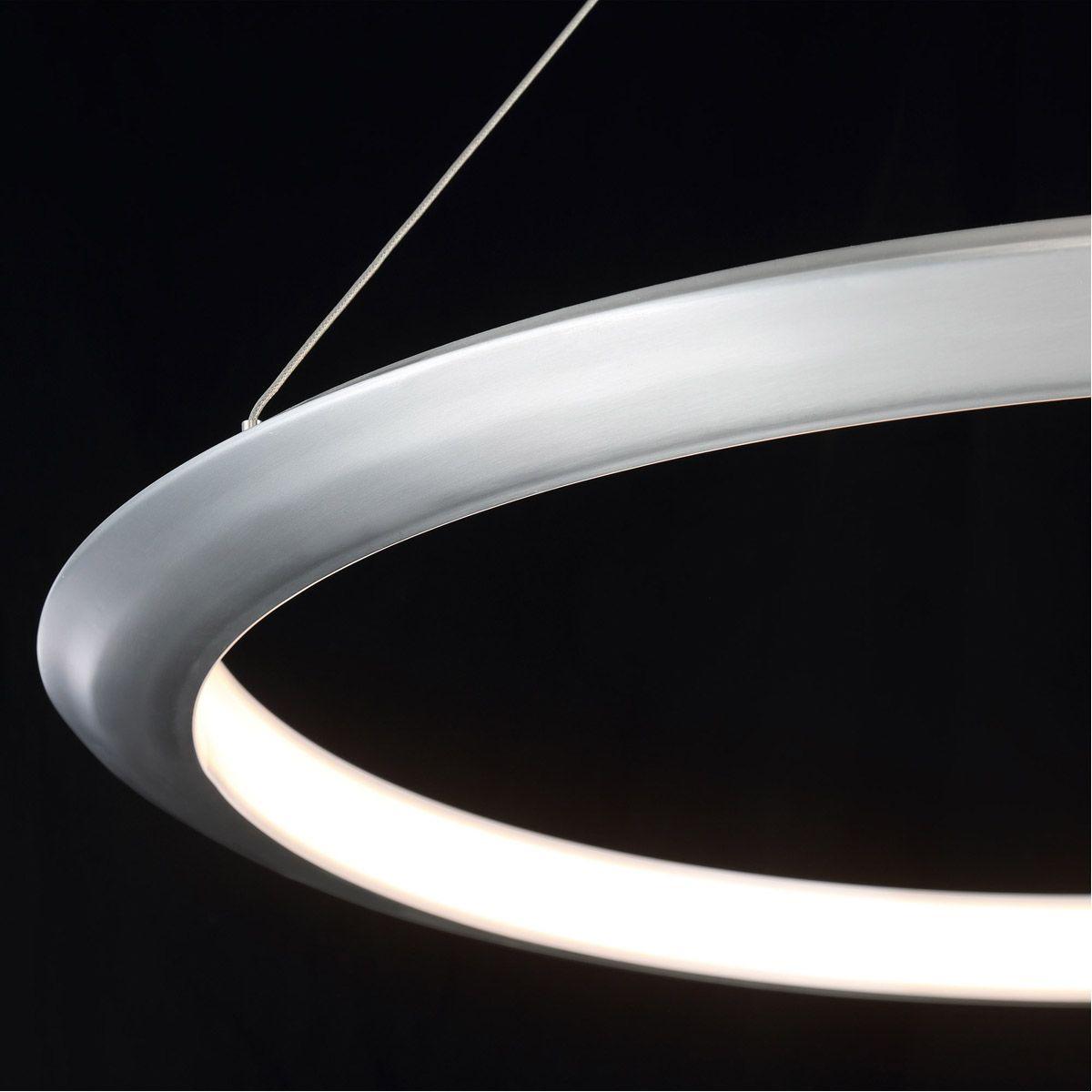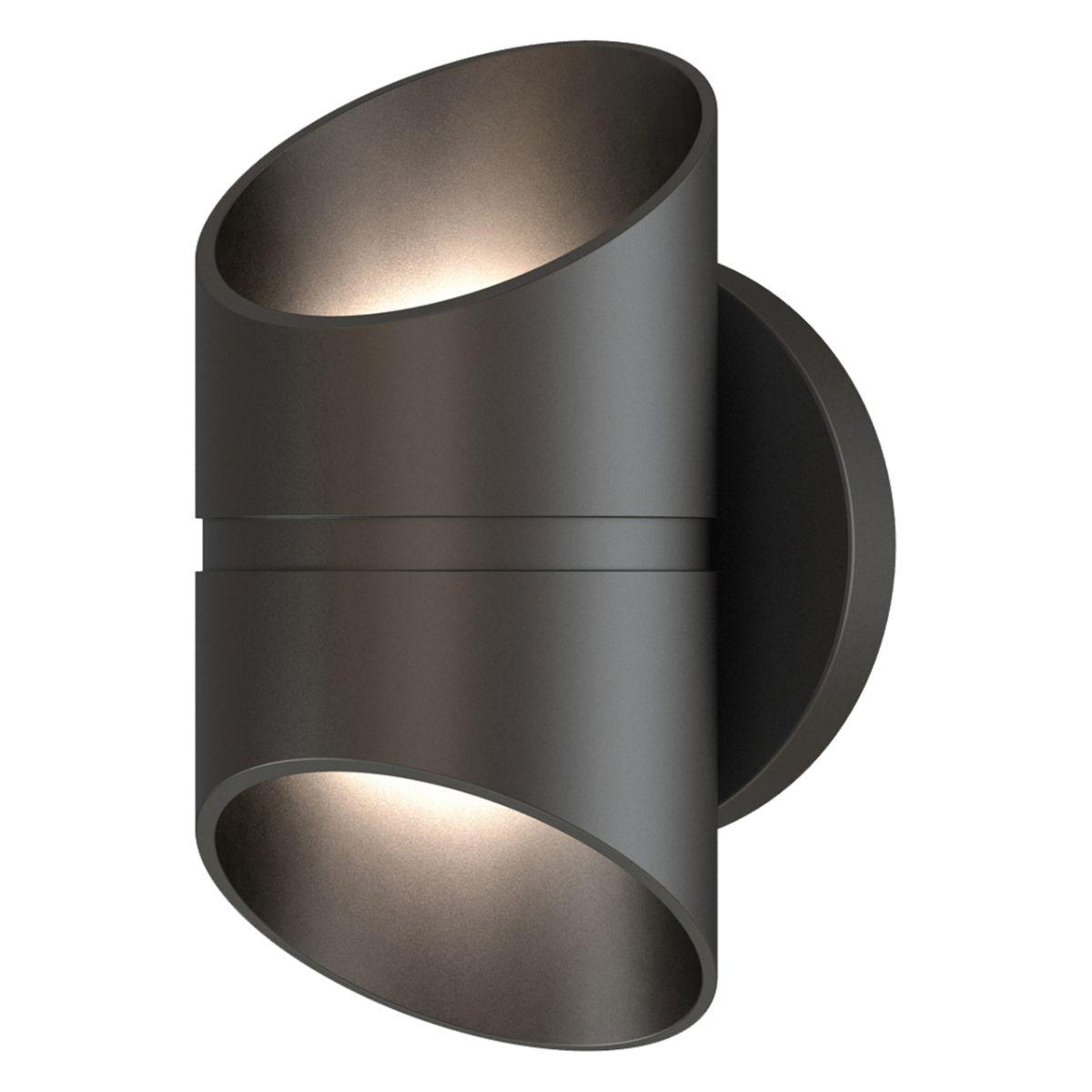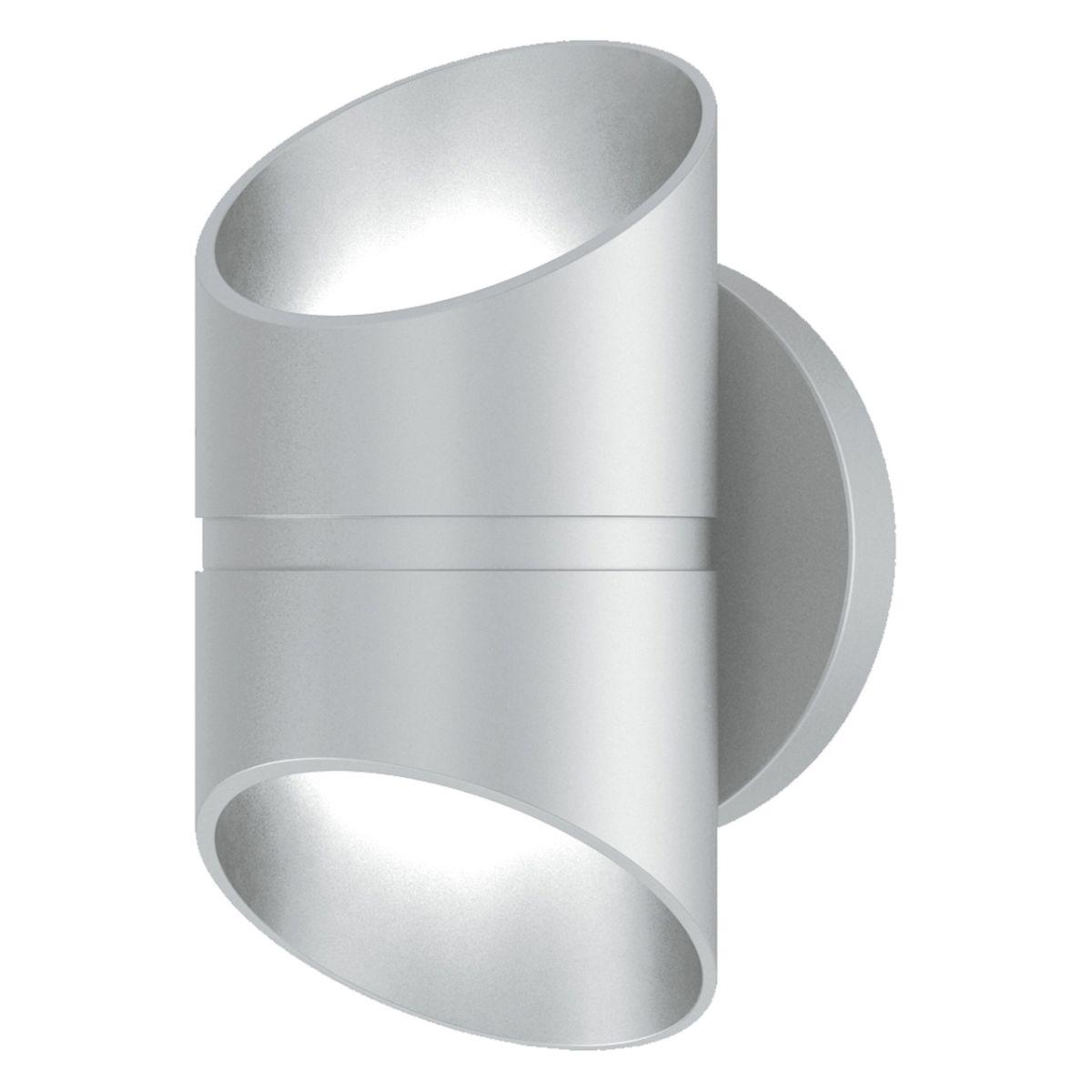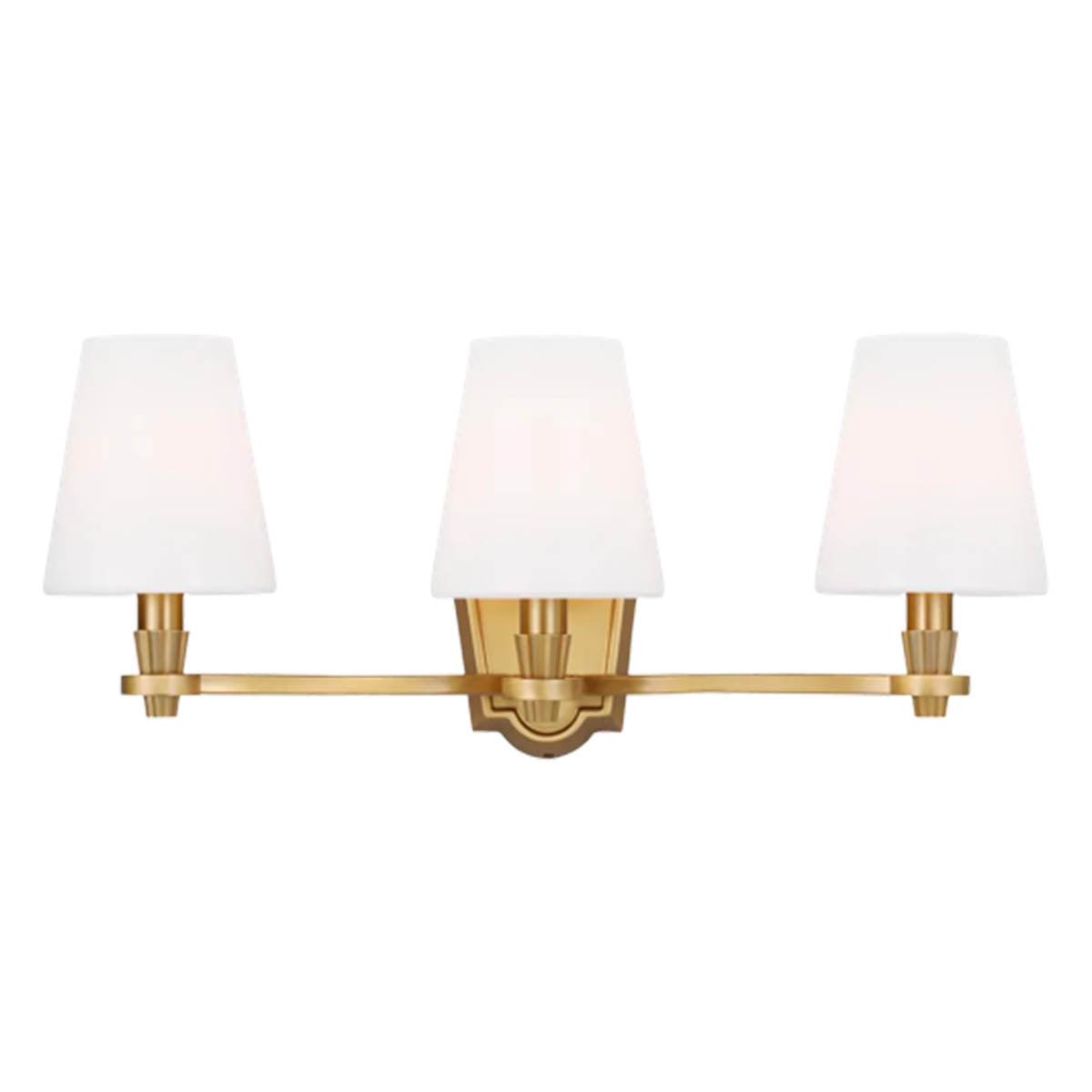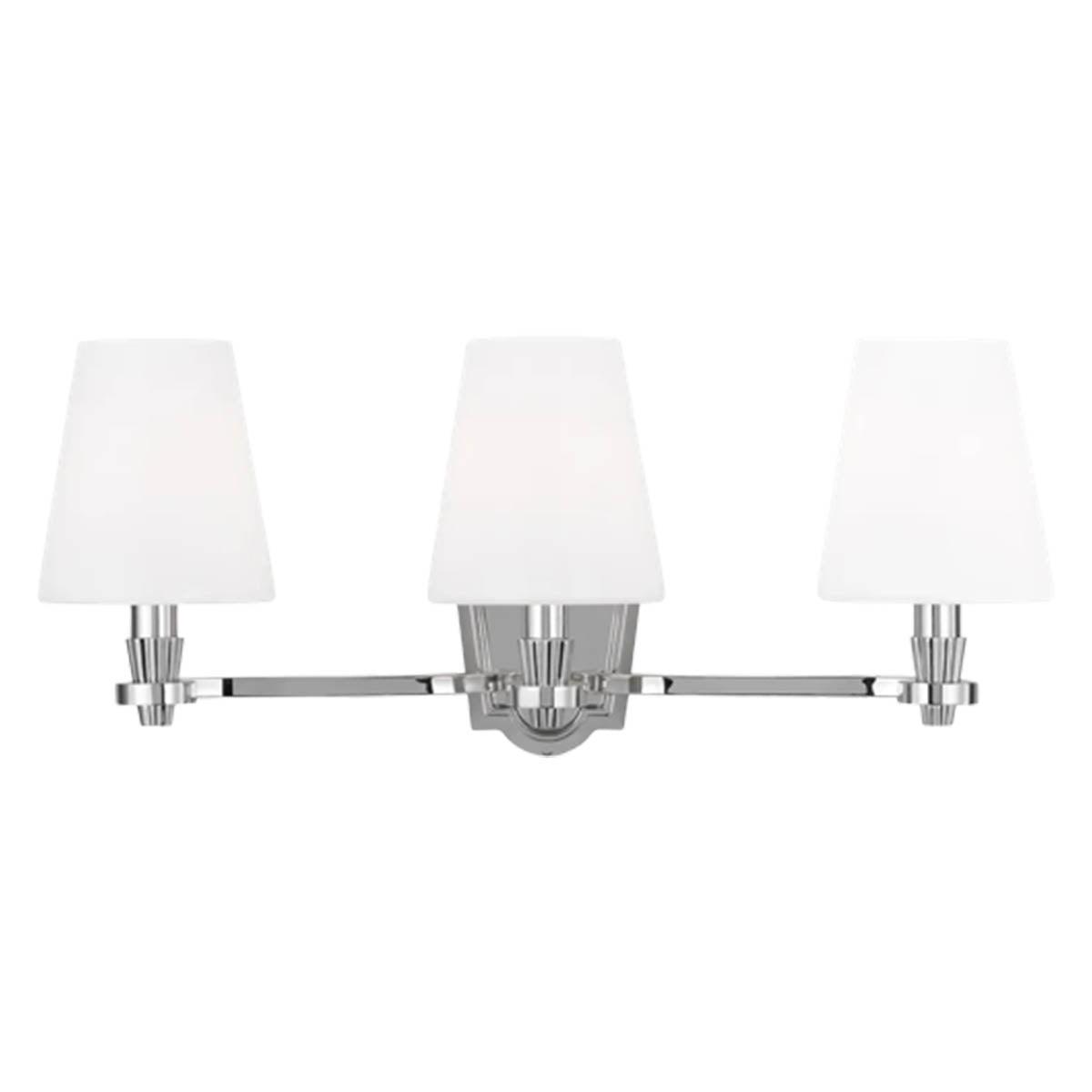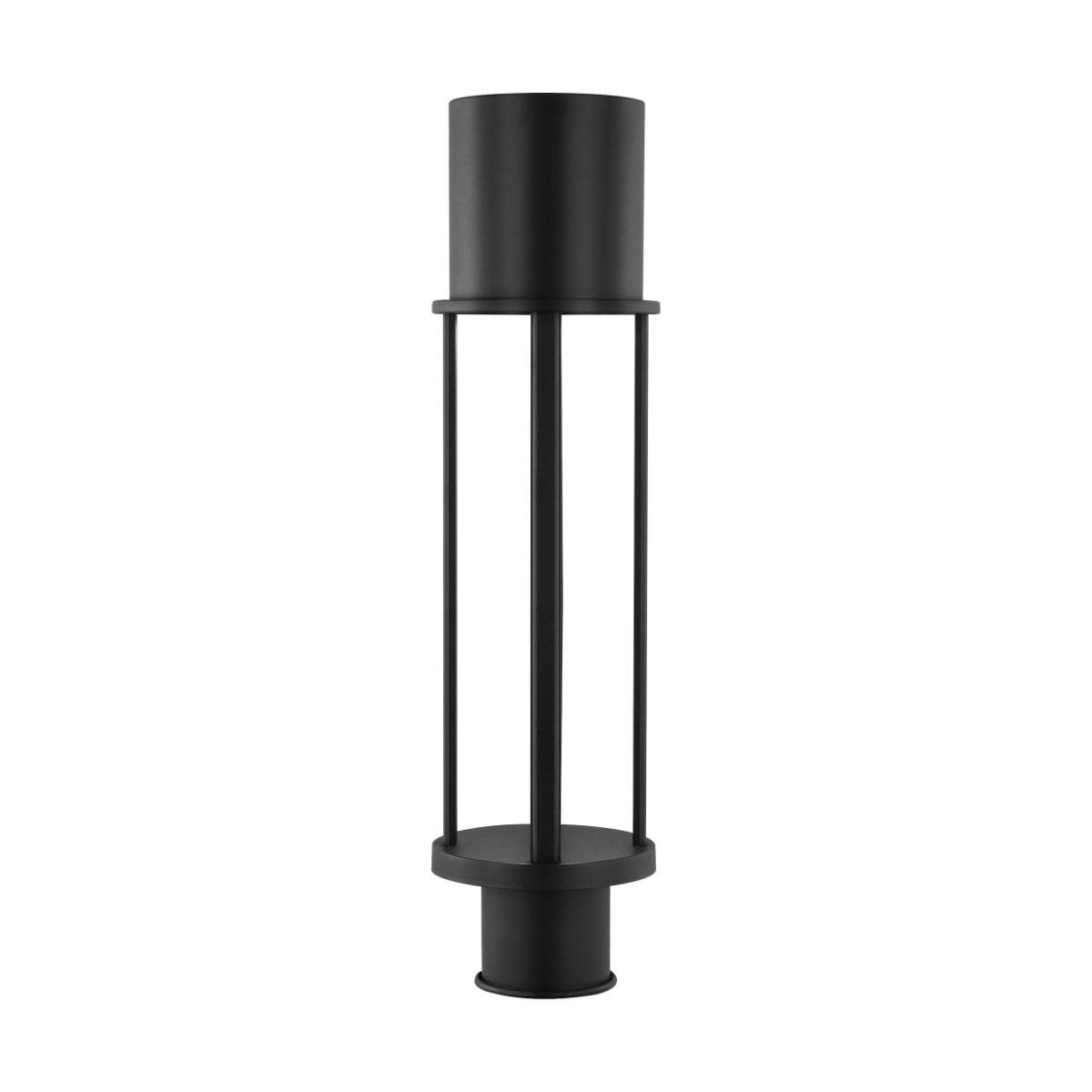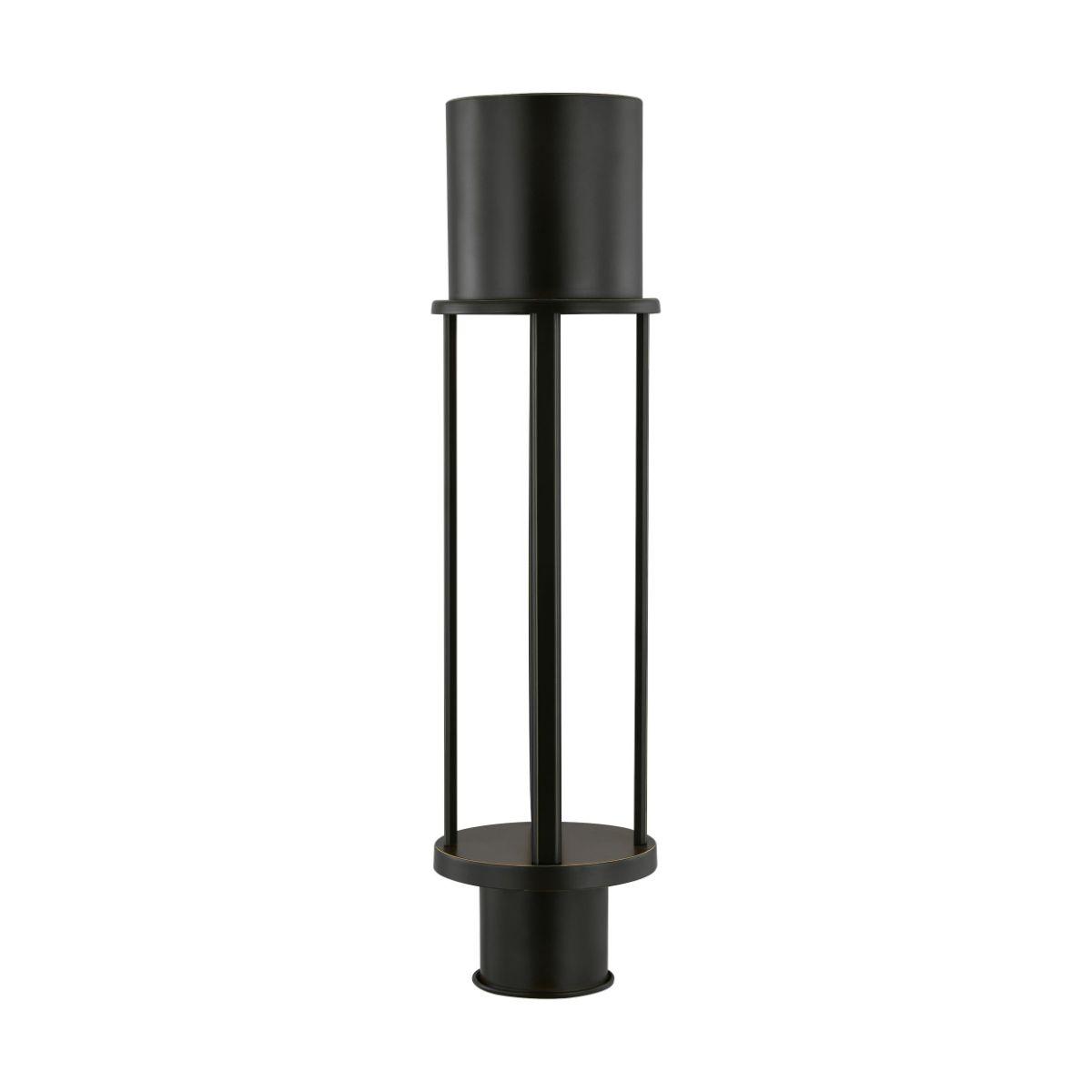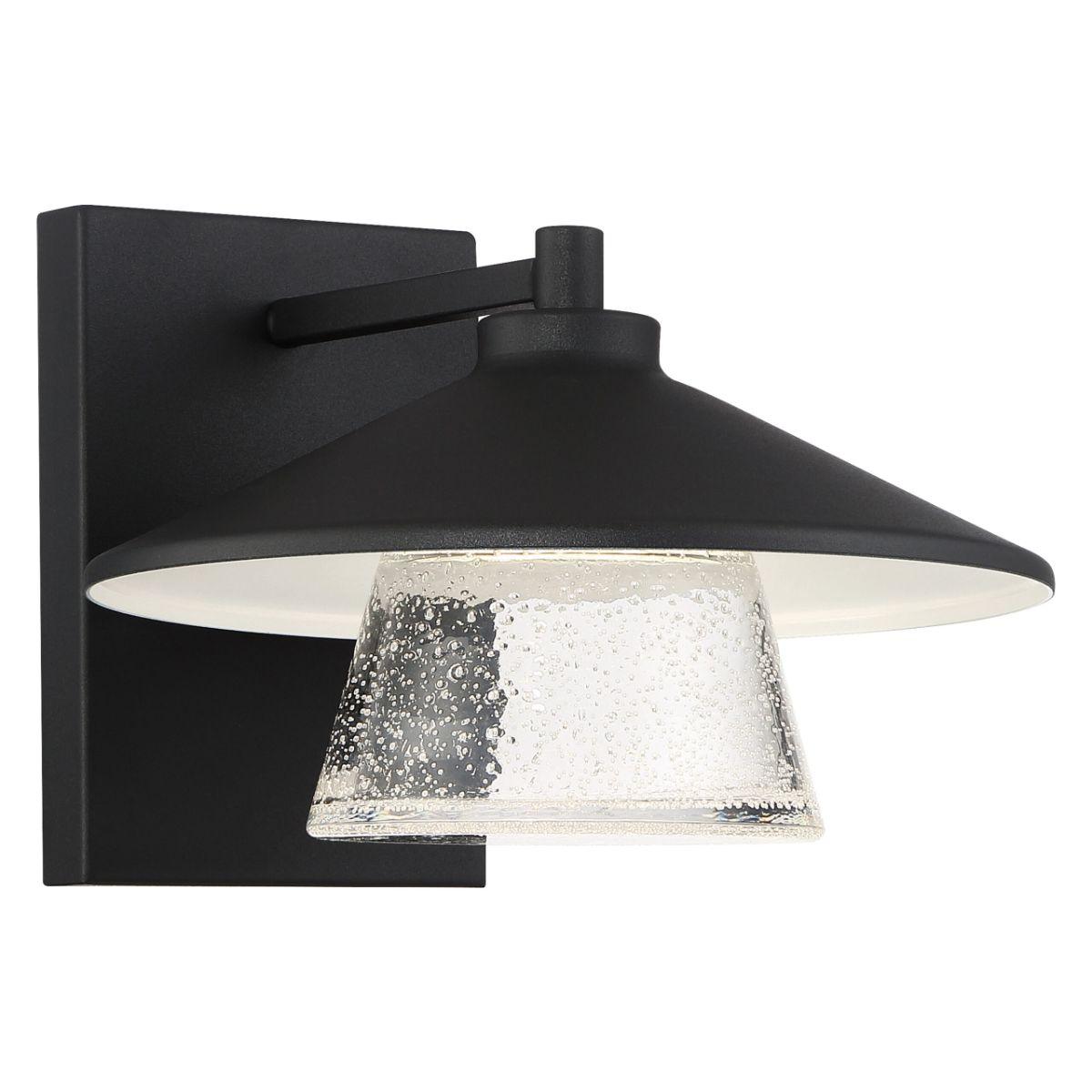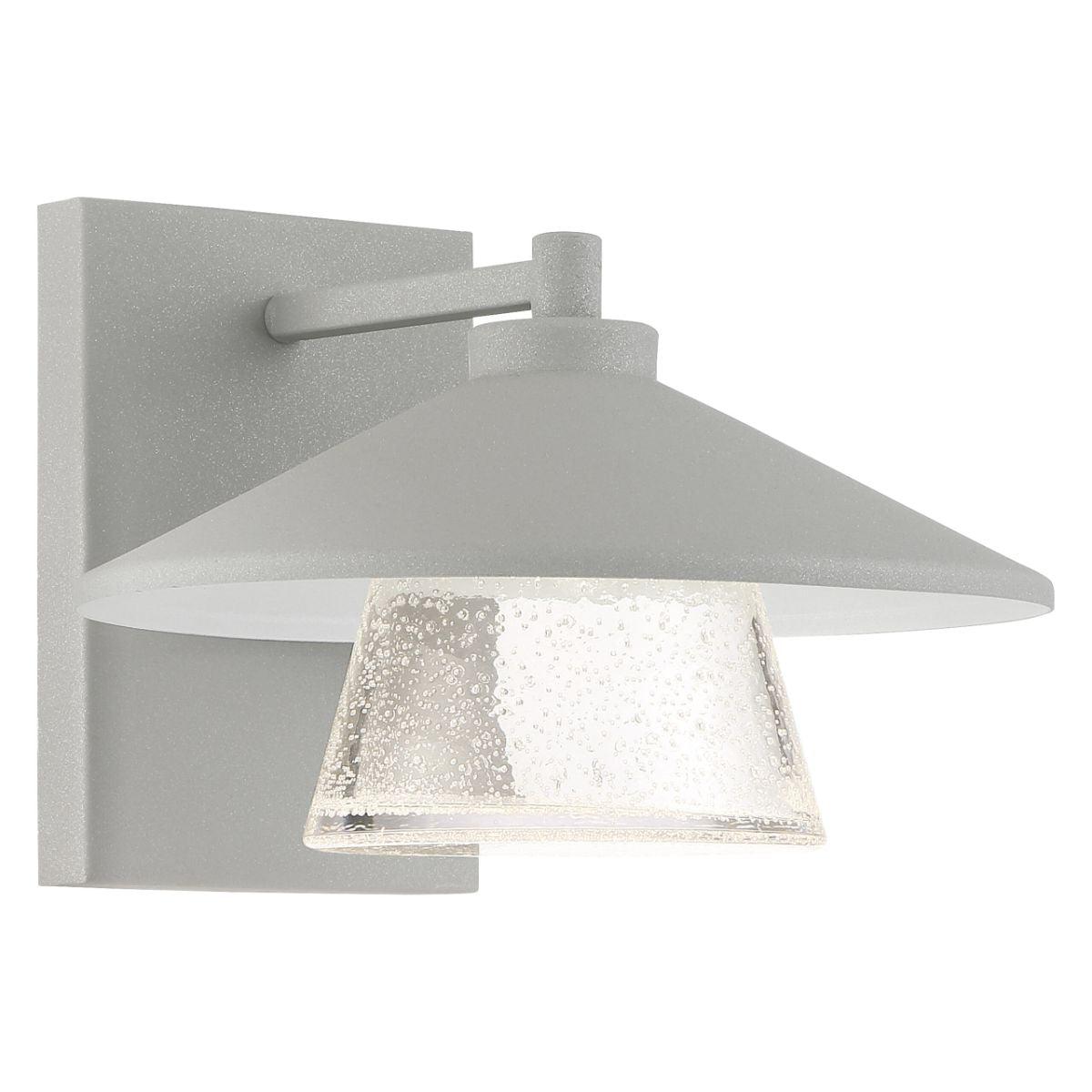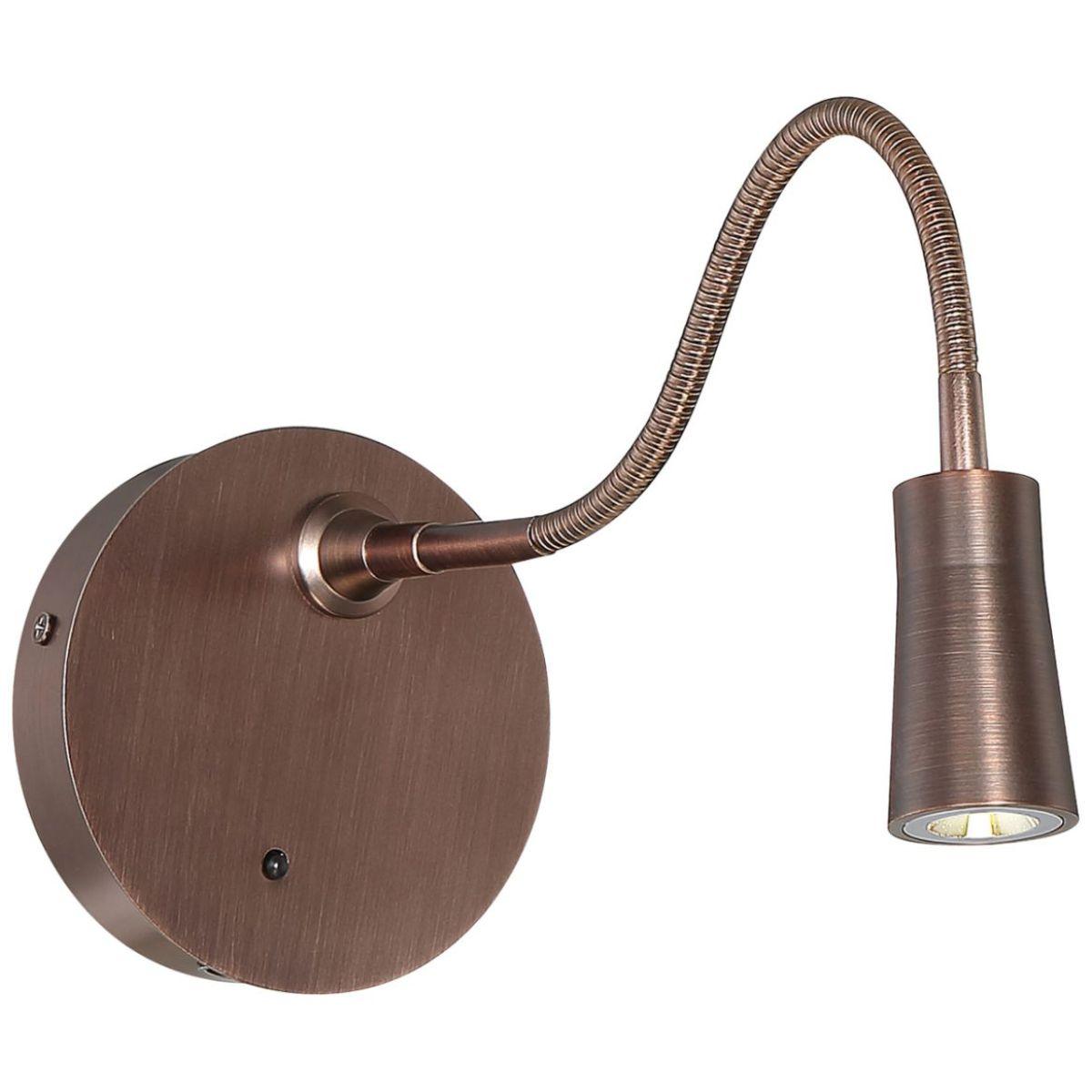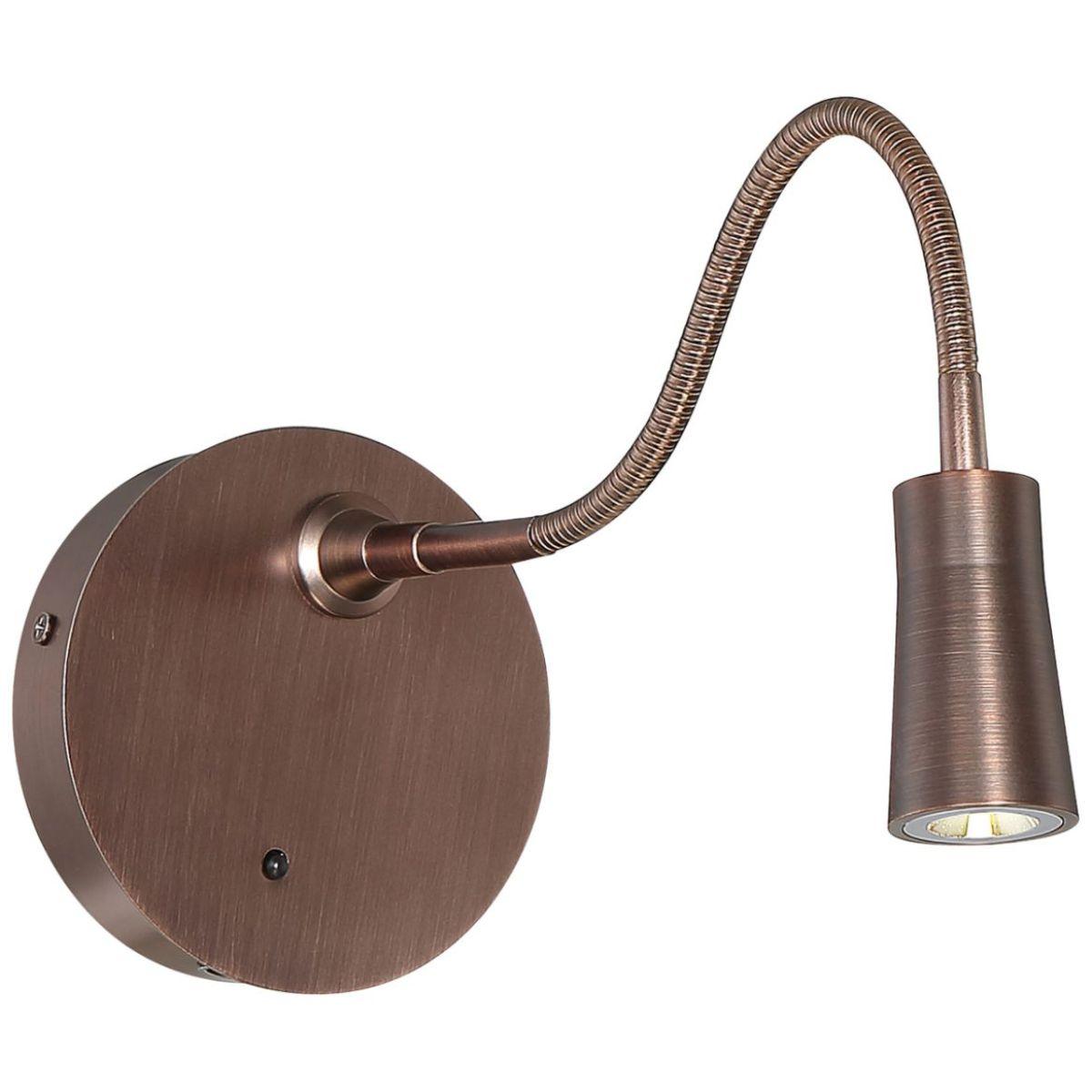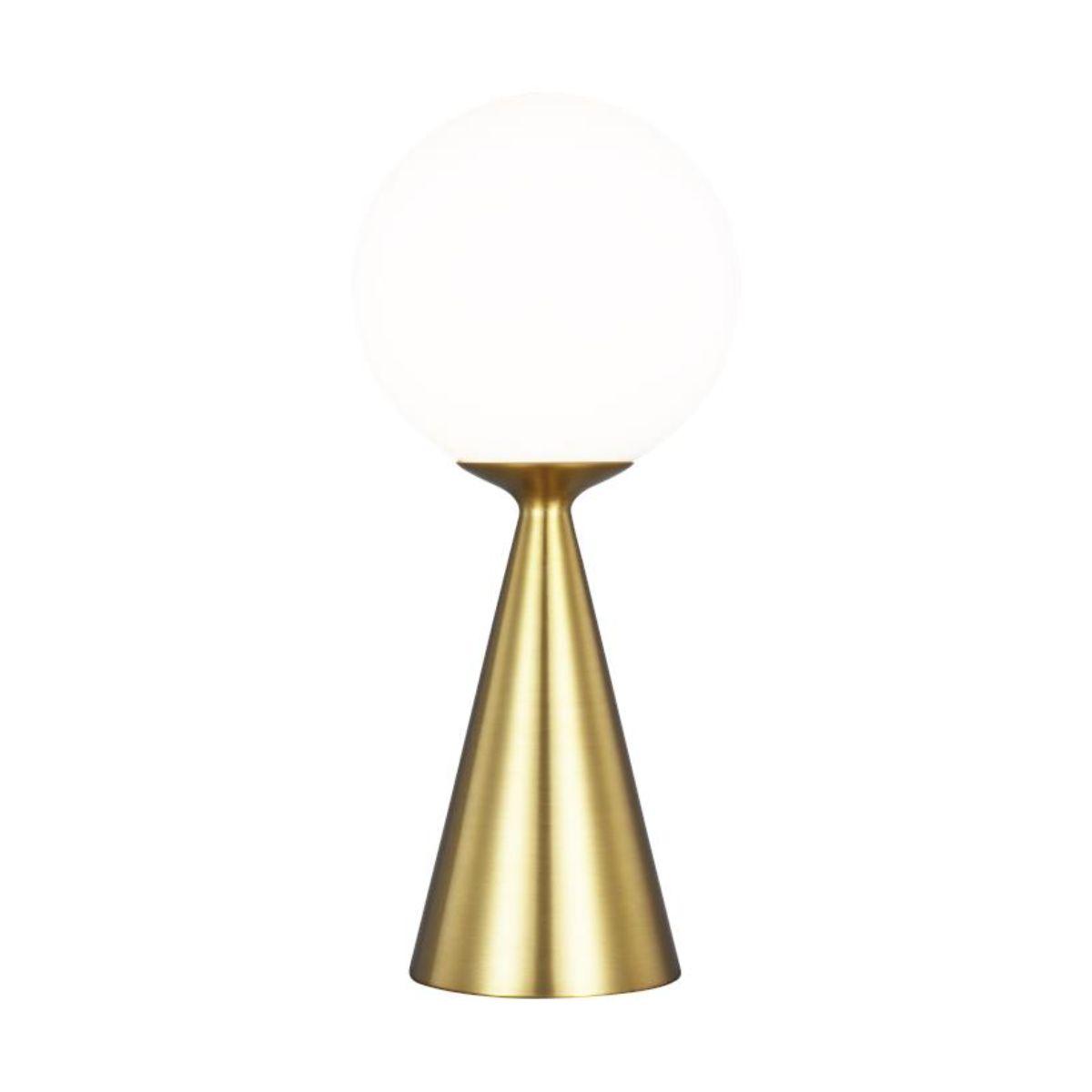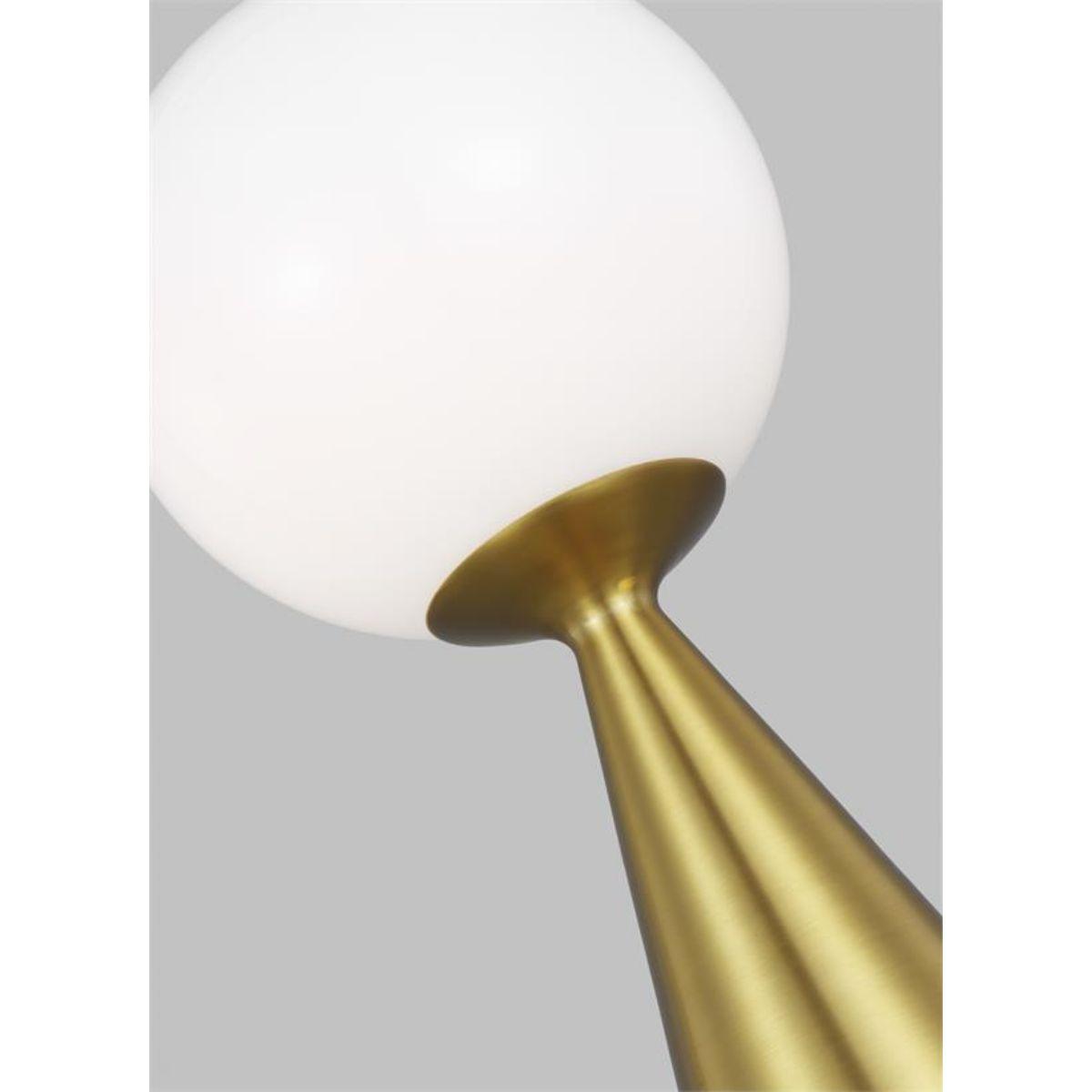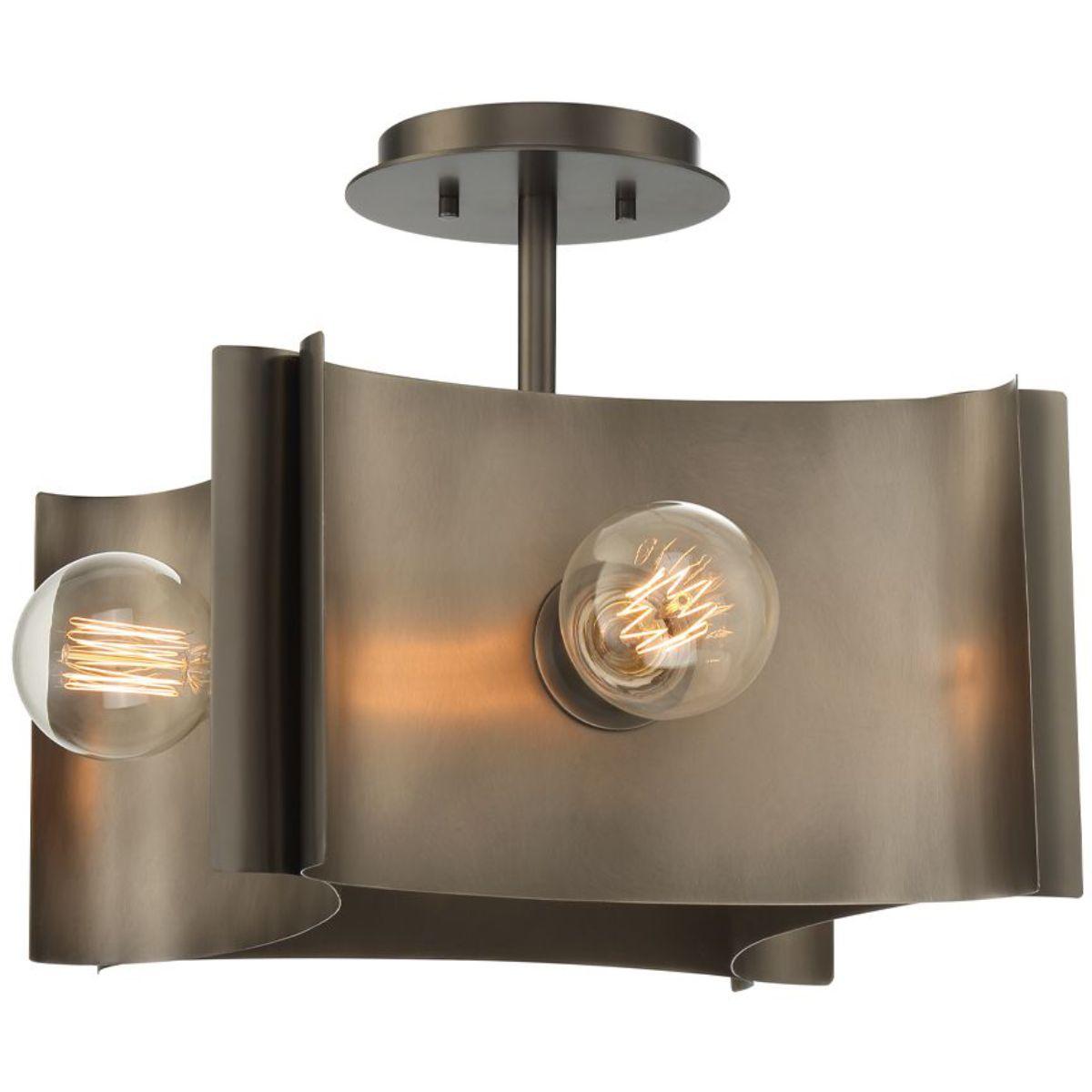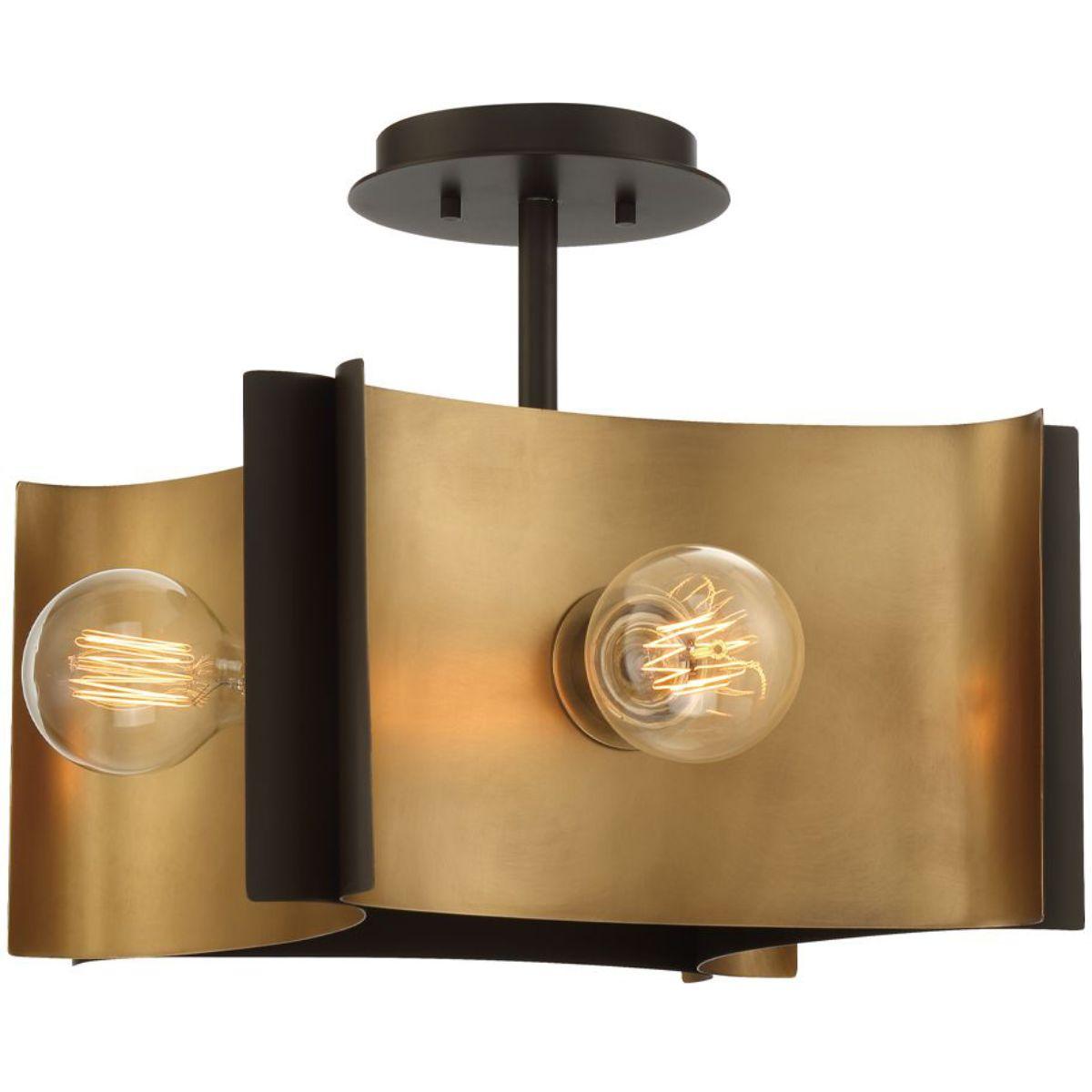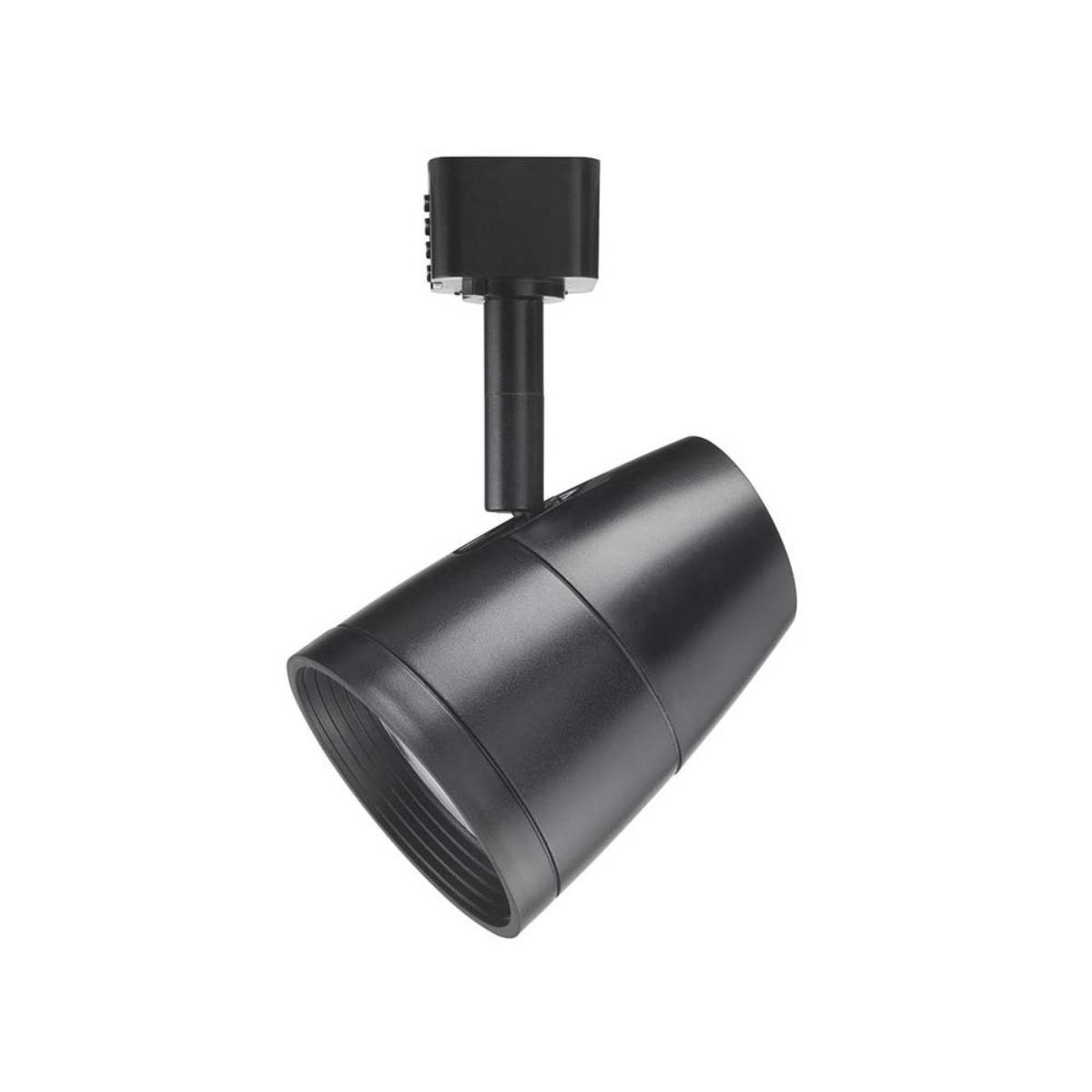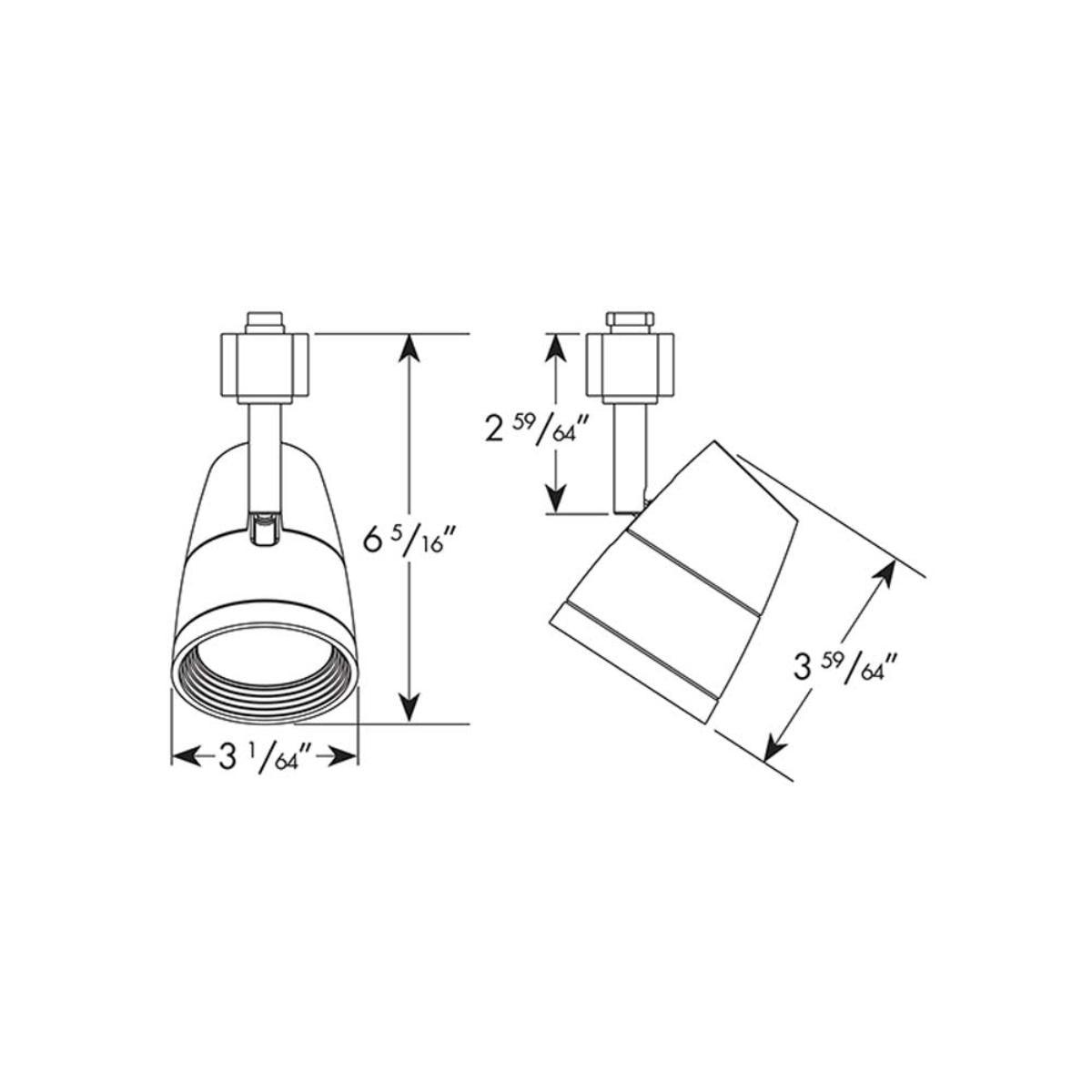Photocells
Filters
27 products
Fixed Position Photo Control with Wall Plate 1800W 15 Amp 120 VAC
Stem & Swivel Photo Control Fixture Mount 1000W 105-305 VAC
Button Photo Control Fixture Mount 1000W 105-305 VAC
Twist Lock Shorting Cap for Locking Type Receptacles 120-480 VAC
On/Off Photocell Fixture Mount Line Voltage
NightFox 1000-Watt 8-Amp Specifier Grade Locking Type Electronic Photocontrol 347/480V
Twist Lock Shorting Cap 120-480 VAC
Stem & Swivel Photo Control Fixture Mount 3100-4150W 208-277 VAC
On/Off Photocell Ceiling Mount Low Voltage
Remote Photocell
Photocell
Stem Photocontrol Die Cast Housing 1800W 15 Amp 120 VAC
Stem and Swivel Mounting Photocontrol 1800W 15 Amp 120 VAC
Stem and Swivel Mounting Photocontrol 1800-4150W 15 Amp 120-277 VAC
Stem & Swivel Photo Control Fixture Mount 1800W 120 VAC
Stem Mount Photo Control 3000W 25 Amp 120 VAC
Stem Mount Photo Control 1800W 15 Amp 120 VAC
BEST SELLERS
Portsmith 40 in. 12 Lights Chandelier
Maverick Max 70 Inch LED Modern Large Outdoor Ceiling Fan With Light And Remote
Galveston 9 in. Semi Flush Mount Light with Clear Glass
The Ring 36 in. LED Chandelier 3500K
Marino 8 in. LED Outdoor Wall Sconce
Paisley 23 in. 3 Lights Vanity Light
Union 21 In. LED Lantern Head
Silo 10 in. LED Outdoor Wall Sconce 3000K
Epiphanie 16 In. LED Swing Arm Wall Sconce
Galassia Table Lamp
Metaollo 17 in. 4 Lights Semi Flush Mount Light
LED Track Head 10W Trac-Lites Juno (J)
Photocell sensors are an essential component of modern lighting automation systems. These sensors play a crucial role in detecting ambient light levels and providing automatic control over lighting fixtures. Whether you're managing outdoor lighting or ensuring efficient energy usage indoors, understanding how photocell sensors work is vital.
How Do Photocell Sensors Work?
Photocell sensors, often referred to as photoresistors or light-dependent resistors (LDRs), utilize the principle of photoconductivity to detect changes in ambient light levels. These sensors are made of a semiconductor material that exhibits varying resistance based on the amount of incident light. When exposed to light, the resistance of the photocell decreases, allowing electric current to flow through it. Conversely, when the light intensity decreases, the resistance of the photocell increases, reducing the current flow.
To convert this change in resistance into a measurable output, photocell sensors are typically connected in series with a resistor and a power source. This forms a voltage divider circuit, where the output voltage is proportional to the resistance of the photocell. By measuring this output voltage, the system can determine the current light level and make informed decisions about controlling the lighting fixtures.
The Importance of Photocell Sensors in Lighting Automation
Photocell sensors play a crucial role in lighting automation by providing intelligent control over lighting systems. By automatically sensing ambient light levels, these sensors enable lighting fixtures to adjust their operation based on the surrounding conditions. This capability has significant implications for energy efficiency, convenience, and safety.
One of the primary advantages of using photocell sensors in lighting automation is energy conservation. By dimming or turning off lights when natural light is sufficient, these sensors help reduce electricity consumption and lower utility bills. Moreover, photocell sensors ensure that lights are only active when needed, minimizing unnecessary light pollution and its associated environmental impact.
In addition to energy savings, photocell sensors enhance convenience by eliminating the need for manual control. Whether it's outdoor lighting that automatically turns on at dusk and off at dawn or indoor lighting that adjusts based on daylight availability, these sensors free up time and effort for users. Furthermore, photocell sensors contribute to safety by ensuring well-lit environments during dark hours, reducing the risk of accidents and criminal activities.
Benefits of Using Photocell Sensors in Lighting Automation
The use of photocell sensors in lighting automation offers several benefits that make them indispensable in various applications. Firstly, these sensors provide accurate and reliable light level detection, ensuring precise control over lighting fixtures. This accuracy allows for seamless integration with other automation systems, such as motion sensors or timers, to create sophisticated lighting scenarios.
Secondly, photocell sensors are cost-effective solutions for achieving energy efficiency. By automating lighting control based on natural light availability, these sensors help reduce energy waste and extend the lifespan of lighting fixtures. This not only leads to long-term cost savings but also contributes to a greener and more sustainable environment.
Thirdly, photocell sensors enable customization and flexibility in lighting automation. With adjustable sensitivity settings, these sensors can be fine-tuned to meet specific requirements and adapt to changing lighting conditions. Whether it's maintaining a certain level of lighting for security purposes or creating ambiance in different areas, photocell sensors offer versatility in achieving desired lighting outcomes.
Factors to Consider When Choosing a Photocell Light Sensor
When selecting a photocell light sensor for your lighting automation needs, several factors should be taken into consideration. Firstly, it's important to determine the application-specific requirements, such as the type of lighting, location, and desired control capabilities. Outdoor photocell sensors, for example, need to be weatherproof and capable of withstanding harsh environmental conditions.
Secondly, the sensitivity range of the photocell sensor should align with the expected light levels in the given application. Different sensors have different sensitivity levels, and choosing one that matches the lighting requirements is crucial for optimal performance.
Thirdly, the response time of the photocell sensor is an important consideration. In applications where rapid changes in light intensity occur, such as in fast-moving vehicles or areas with flickering lights, a sensor with a quick response time is essential to ensure accurate control.
Finally, the compatibility of the photocell sensor with the existing lighting control system should be evaluated. Whether it's a standalone sensor or a sensor integrated into a larger automation network, ensuring seamless communication and integration is vital for effective lighting automation.
Popular Applications of Photocell Sensors
Photocell sensors find applications in a wide range of industries and environments. One of the most common uses is in outdoor lighting systems, where photocell sensors enable dusk to dawn operation. These sensors automatically detect the onset of darkness and turn on the lights, ensuring safety and security during nighttime hours. Similarly, at dawn, the sensors detect the increasing light levels and switch off the lights, conserving energy.
Another popular application of photocell sensors is in street lighting. By adjusting the brightness of streetlights based on ambient light levels, these sensors contribute to energy savings and create a more comfortable and safe environment for pedestrians and drivers.
Furthermore, photocell sensors are extensively used in commercial buildings and offices to optimize energy usage and create a pleasant working environment. These sensors enable efficient daylight harvesting, where artificial lighting is automatically adjusted based on the availability of natural light. This not only reduces electricity consumption but also enhances employee productivity and well-being.
Photocell sensors are integral to modern lighting automation systems, providing automatic control over lighting fixtures based on ambient light levels. By understanding how these sensors work and the benefits they offer, we can make informed decisions when incorporating them into our lighting setups. Whether it's achieving energy efficiency, enhancing convenience, or ensuring safety, photocell sensors play a vital role in creating intelligent lighting environments. When choosing a photocell light sensor, considering factors such as application requirements, sensitivity range, response time, and compatibility is essential for optimal performance. With their wide range of applications, from outdoor lighting to commercial buildings, photocell sensors continue to revolutionize the way we illuminate our surroundings.
To learn more about how photocell sensors can transform your lighting automation, contact Bees Lighting today for a free consultation. We have a large selection of photocell light sensors to suit your needs.
Have a question ? We are here to help.
Check out the most common questions our customers asked. Still have questions ? Contact our customer support.

Our customer support is available monday to friday: 8am-8:30pm.
Average answer time: 24hHow do I report damaged or defective items
If your item is damaged or defective, we will resolve the issue if reported within 15 days of delivery. We may ask for photos of the damage or for the item to be returned. Login to your account and request a return. My Account
How to return this product?
Returns are easy and seamless. The process to return items may vary depending on how they arrived. Most items can be returned within 30 days of delivery. To start a return, visit the Orders section of My Account.
How to I track my Order?
Login to your account and visit my Orders section.
Your order is important to us, feel free to call us to chat with us for any order inquiry.
Do you offer return or exchange?
If you are unsatisfied with a purchase, you can return it within 30 days. Restocking fees do not apply to regular stock items under $5000, but special order items may have up to a 30% restocking fee.
What is your return policy?
We have a 30-day return policy with no restocking fee for regular stock items under $5000. Special order items can be returned or canceled, but may incur a restocking fee of up to 30%. see details
How much time it will take for delivery?
For quick ship product, we ship same day before the 1pm cut off time. Shipping dates for products fulfilled from suppliers or special orders will be listed on each item. See each product for details.
Any question?
Our customer care team is available Monday through Friday from 7am to 5pm PST. You can also reach us after hours using the chat to open tickets, and we will respond promptly.
Your business is important to us!


